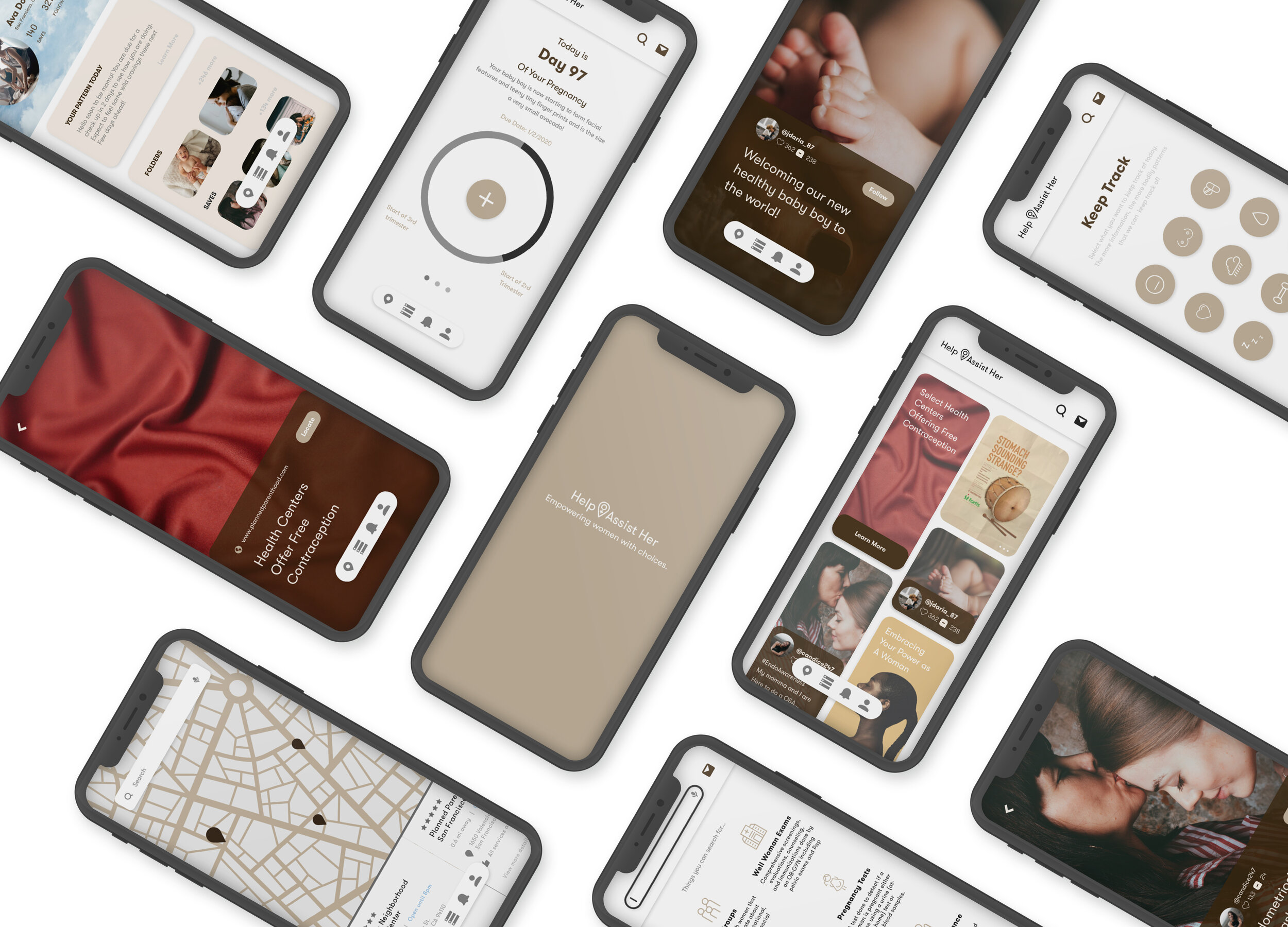
Help Assist Her
Providing women a better reproductive healthcare experience.
Duration 15 weeks
Project Type IOS Mobile App, Women’s healthcare, Individual School Project
Tools Adobe Illustrator, Adobe InDesign, Adobe XD, Google Forms
Project Brief As someone who has personally struggled with reproductive health issues, it can be very daunting to be raised in a culture where conversations of reproductive health are still taboo. I asked myself what I would need to take charge of my reproductive health and how I could implement it all these needs in one cohesive mobile app.
Project Overview As an existing non-profit organization, Help Assist Her is in its early stages of visual development. I am currently one of the two designers alongside Marylouise McGraw that is helping build this brand.
Initial Problem Discovery
What problem am I trying to solve?
Women do not have a single reputable search engine/tool to help them learn about reproductive healthcare.
Imagine being raised in an environment where reproductive healthcare is a taboo subject, and learning about what puberty is like has to come from a non-guided Google Search. While Google is a fantastic search engine, it can be overwhelming to filter through relevant information that applies to you personally.
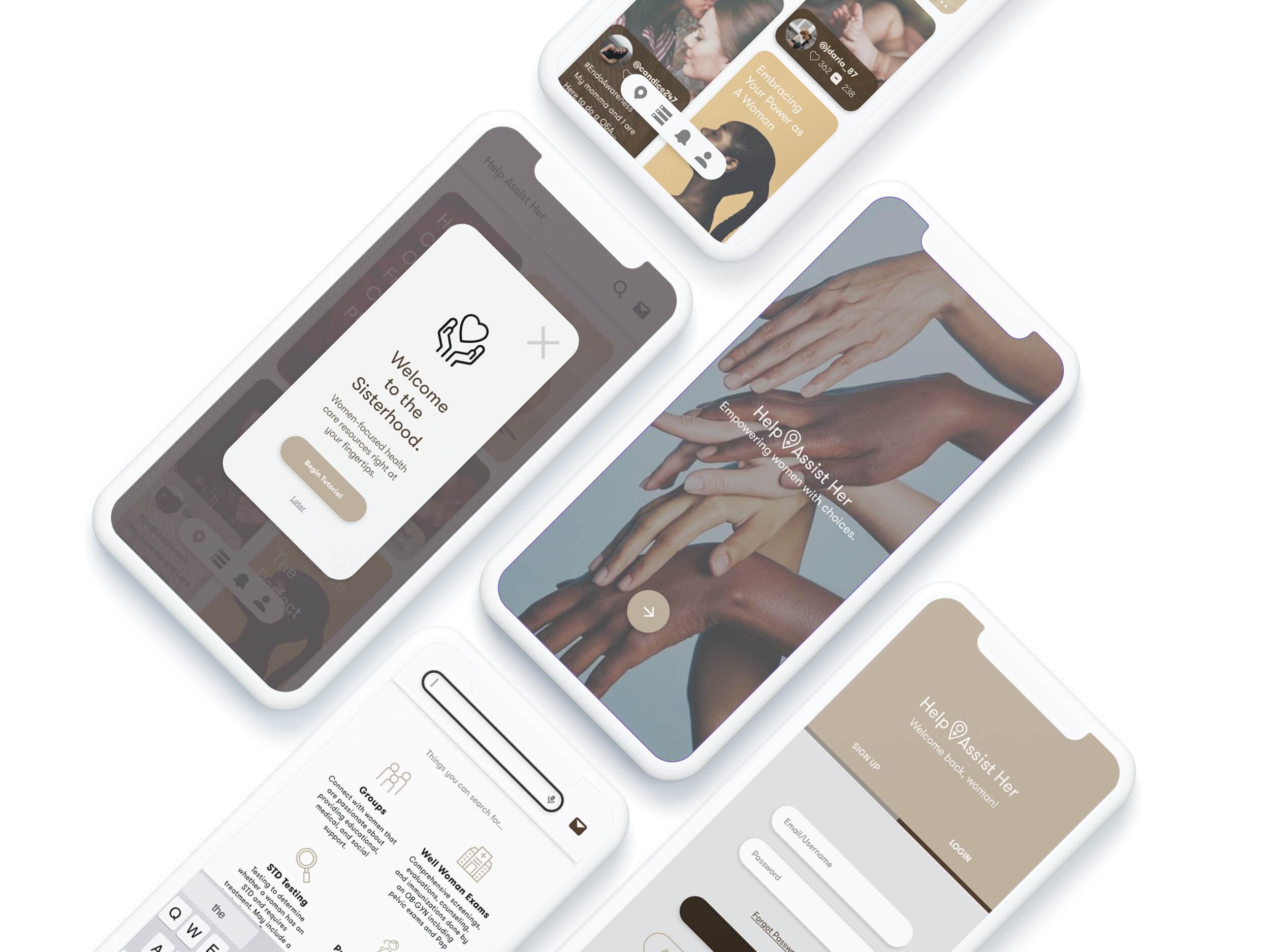
Problem Statement
How might I design an application that can help women (ages 10+) obtain the resources and tools that they need to navigate their reproductive health?
Initial Research /Problem Validation
Why is this problem important?
Not all women understand, or are able to access resources for their reproductive health.
🙎🏻♀️
Health Risk Behaviors Often Begin in Adolescence, and Currently, only 24 states and the District of Columbia mandate sex education, and only 13 states in the US require sex education to be medically accurate
🤦🏻♀️
According to the 2014 CDC School Health Profiles, fewer than half of high schools and only a fifth of middle schools teach all 16 topics recommended by the CDC as essential components of sex education
🙍🏻♀️
There is still a stigma that sex ed spreads shame and stigma
Whose problem am I solving?
Women. Period.
Pun totally intended.
Why does this matter?
I have found after brief brainstorming that each demographic has development defined frustrations, which creates an interesting problem space of educating women of these age demographics.
The Matured Women
Unable to find an app that covers everything she needs to know about menopause
Unable to find assistance with transitioning from using menstrual products
Wants to figure out how to track her menopause
The Mothers To-Be
Unable to find assistance with transitioning from birth-control to birth-encouragement
Unable to find an source that covers everything she needs to know on endometriosis
Wants to be able to track her fertility, not just her period
The Adolescent
Public school had no sex education
Lives in a conservative family and doesn’t feel like she can speak to anyone about it
Wants to track her period cycles and understand what she can do to ease period pain without taking pain medication
The Early Bloomer
Public school had no course on health or sexual education
Is too shy to ask mother or teacher regarding puberty
The anxiety of asking friends around her who are not yet in her stage of development
Research & ExplanationWhat methods of UX research will I use to help drive clarity and focus to my solution, and why?
UX RESEARCH METHOD 01: USER SURVEYS I wanted to figure out how I could make this app more valuable than my other competitors.
My first approach to understanding this problem was to send out a Google Form which asked qualitative questions regarding women's' experiences with reproductive heath as well as potential suggestions for what they would like to see in a reproductive health app. I collected 57 responses—below is the summary of my findings.
50%
of women were not given reproductive health care/sex education in high school and/or college
20%
of women surveyed were unaware of their free or affordable healthcare resources
25%
of women were not able to remember the last time they were checked on their reproductive health.
🙋🏻♀️
The most wanted features of a reproductive health app for women are period/fertility trackers,
a reputable search engine, and modes of social media connection.
UX RESEARCH METHOD 02: THE MOSCOW CHARTIn order to gain clarity on the sections to focus on in my app, I tried out the MoSCoW
I found that in order to help alleviate my anxieties of covering such a large topic, it was great to visualize and compartmentalize the app features that I wished to create flows for. In addition, understanding my app’s key features enabled me to understand the essential aspects of my proposed navigation scheme.
Moscow Chart Help Assist Her Project Research
Navigation Chart for Help Assist Her Project Research
UX RESEARCH METHOD 03: PAPER PROTOTYPINGI decided to try out paper prototyping in order to grasp if my ideas of sections and needs were intuitive and user friendly.
Through paper prototyping, I was not only able to create a better picture of how this application would fulfill user needs, but also how I could potentially incorporate voice interface design effectively.
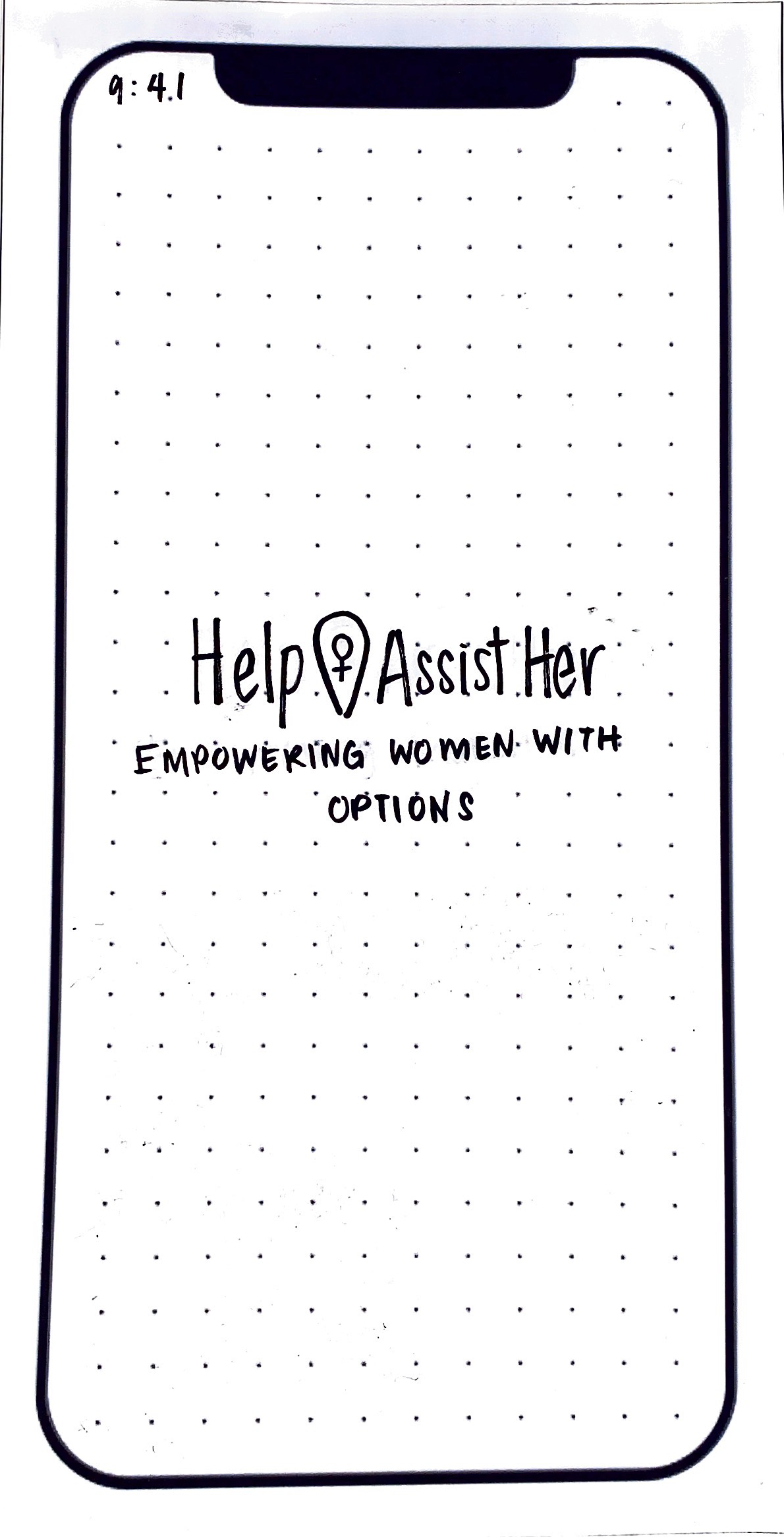
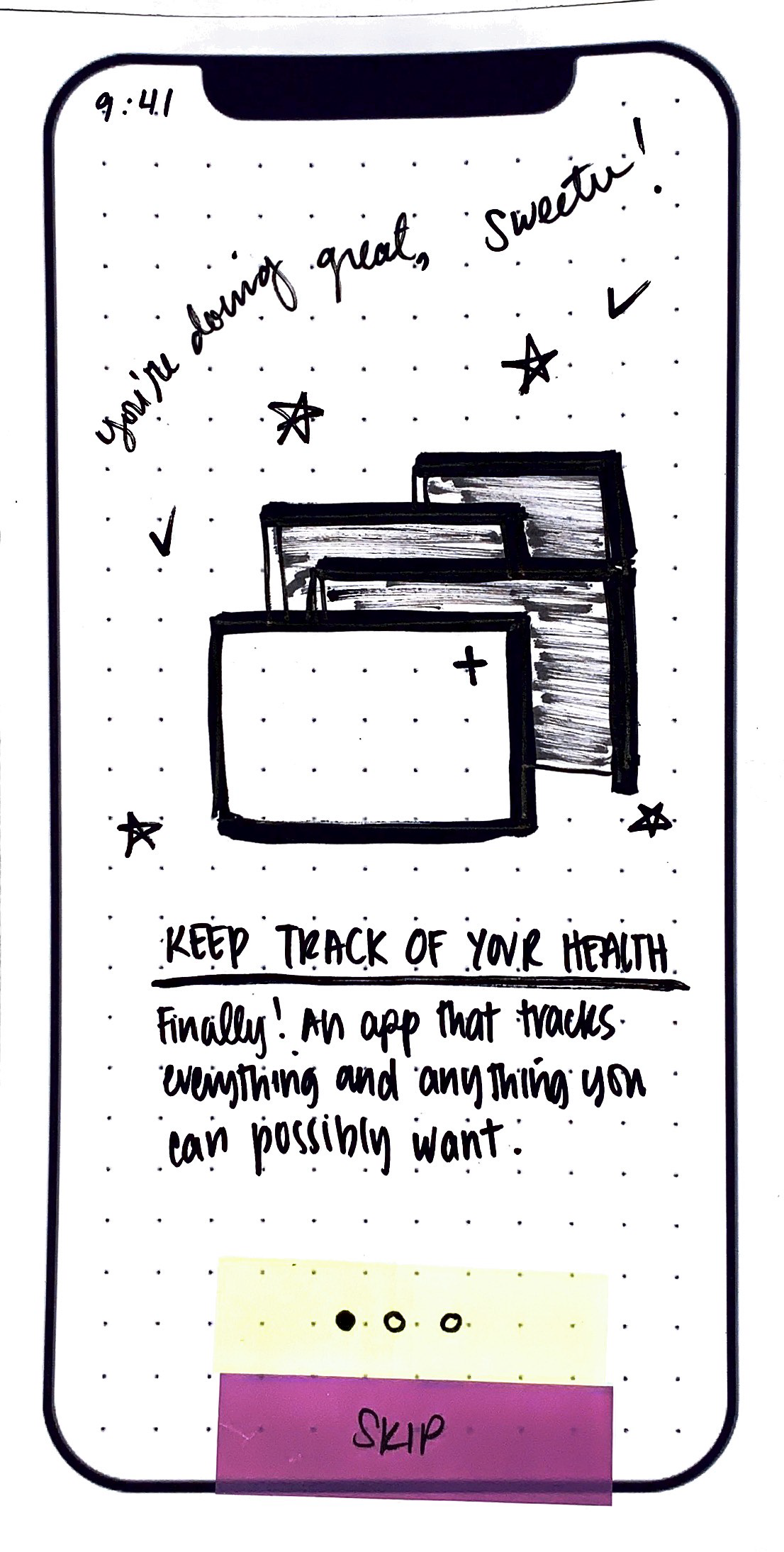
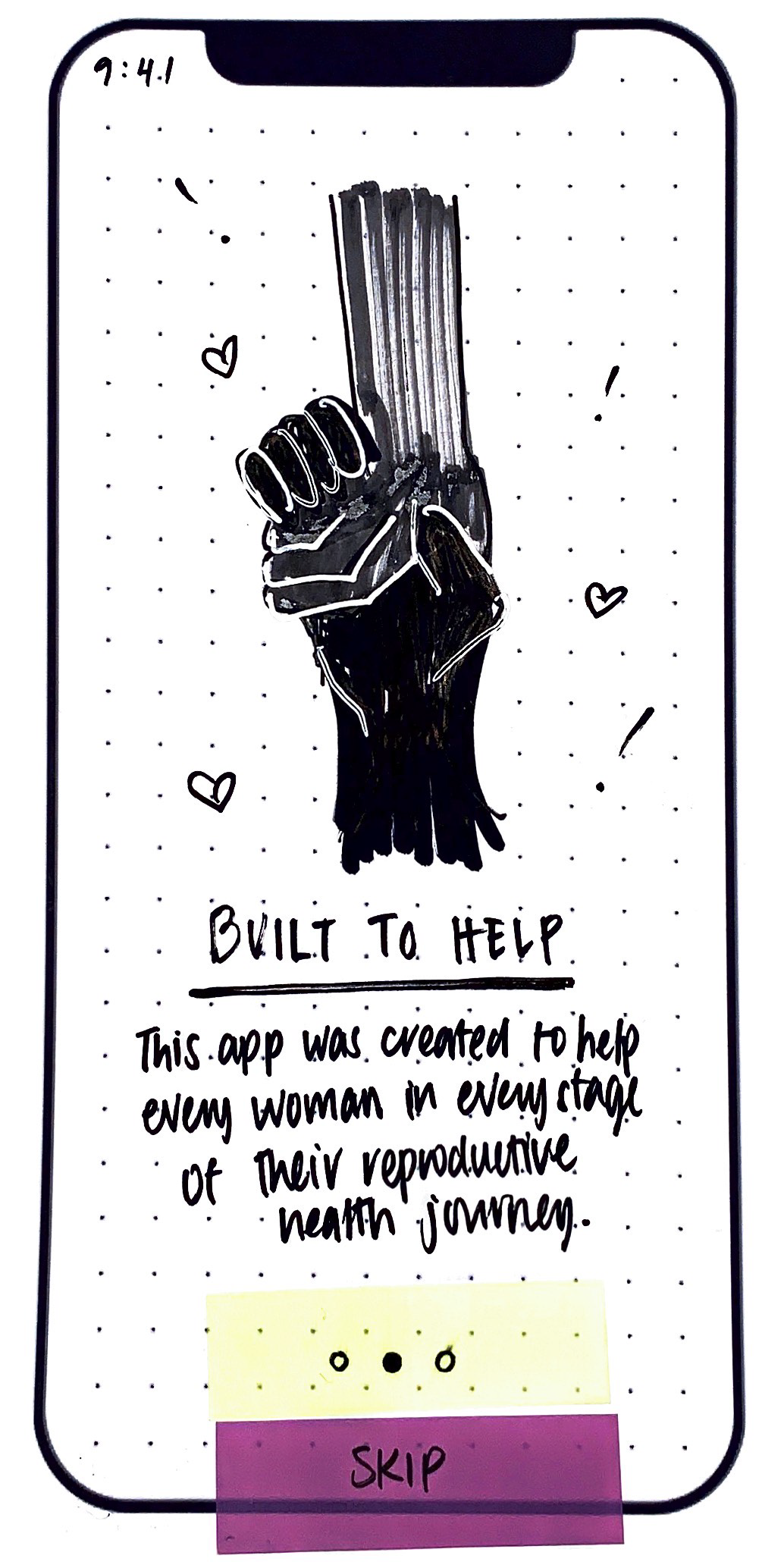
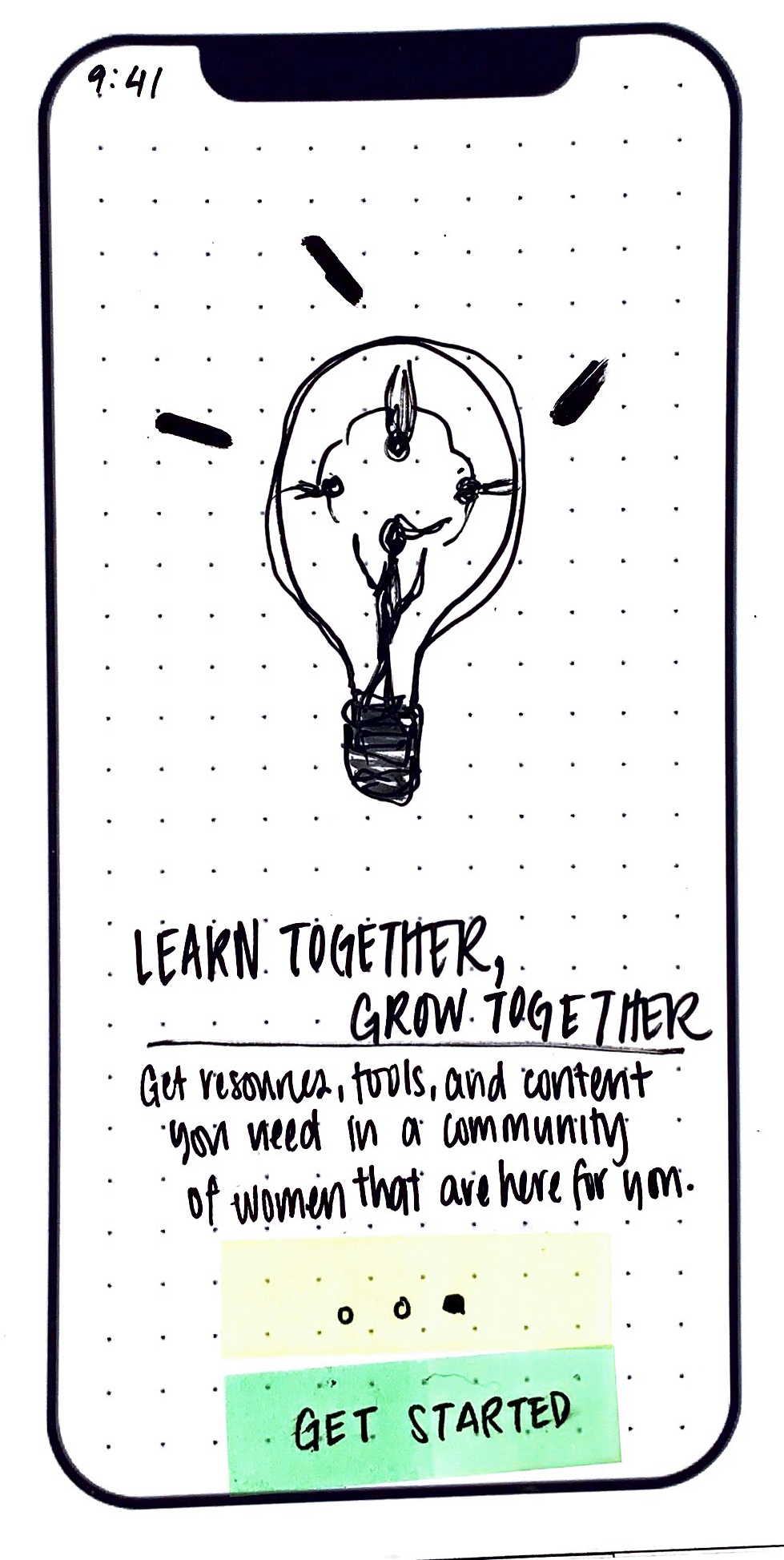
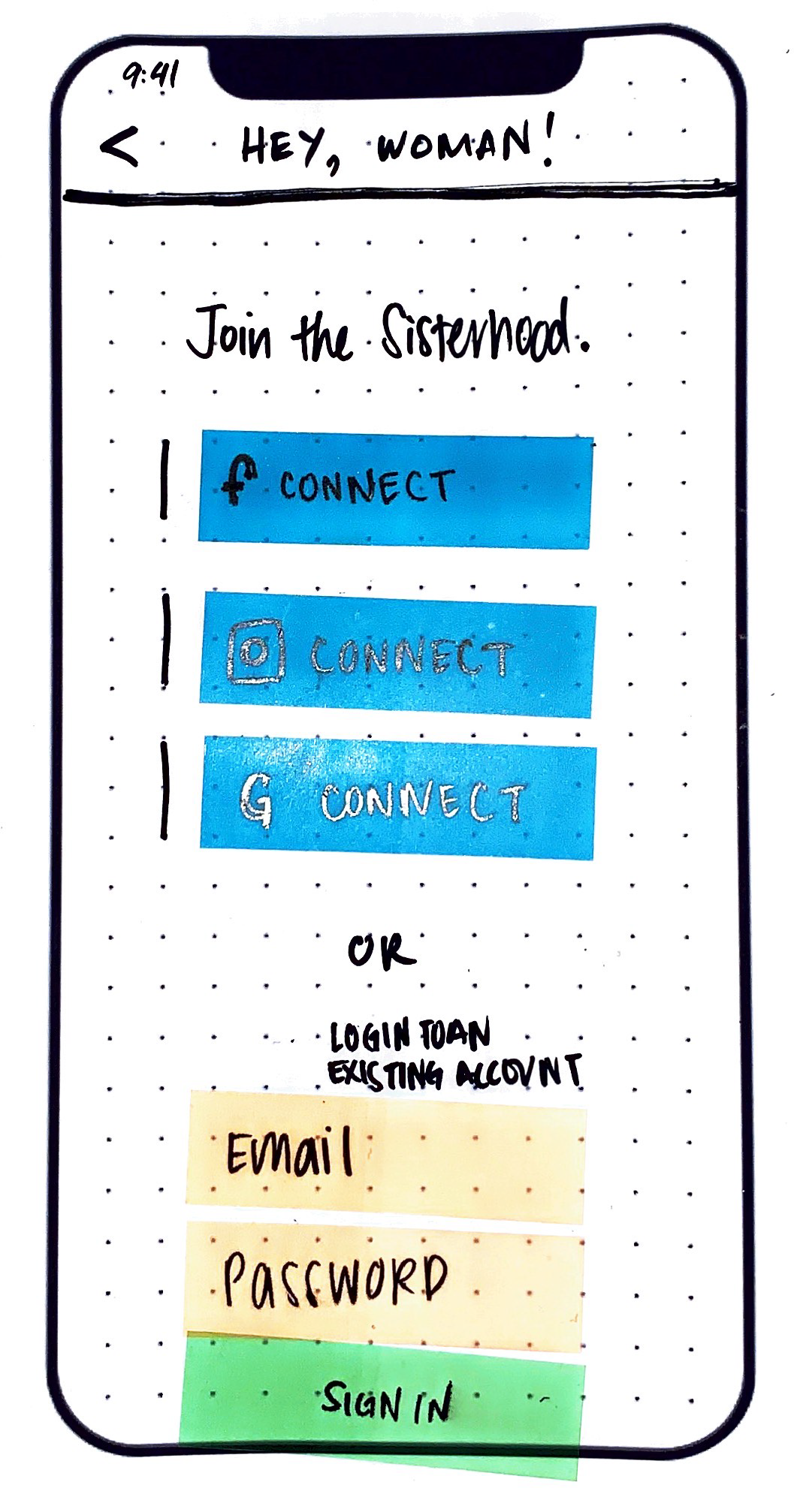
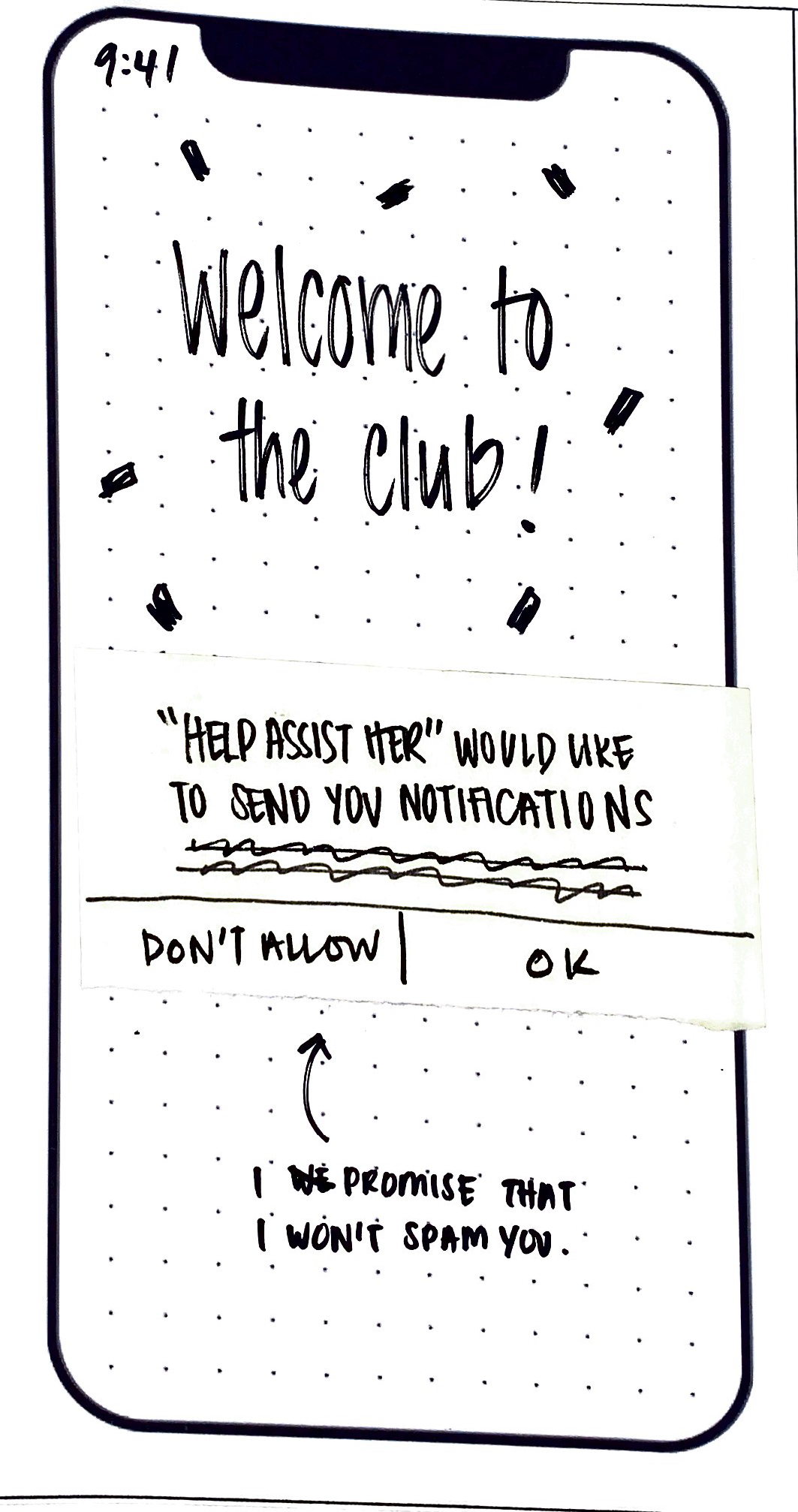
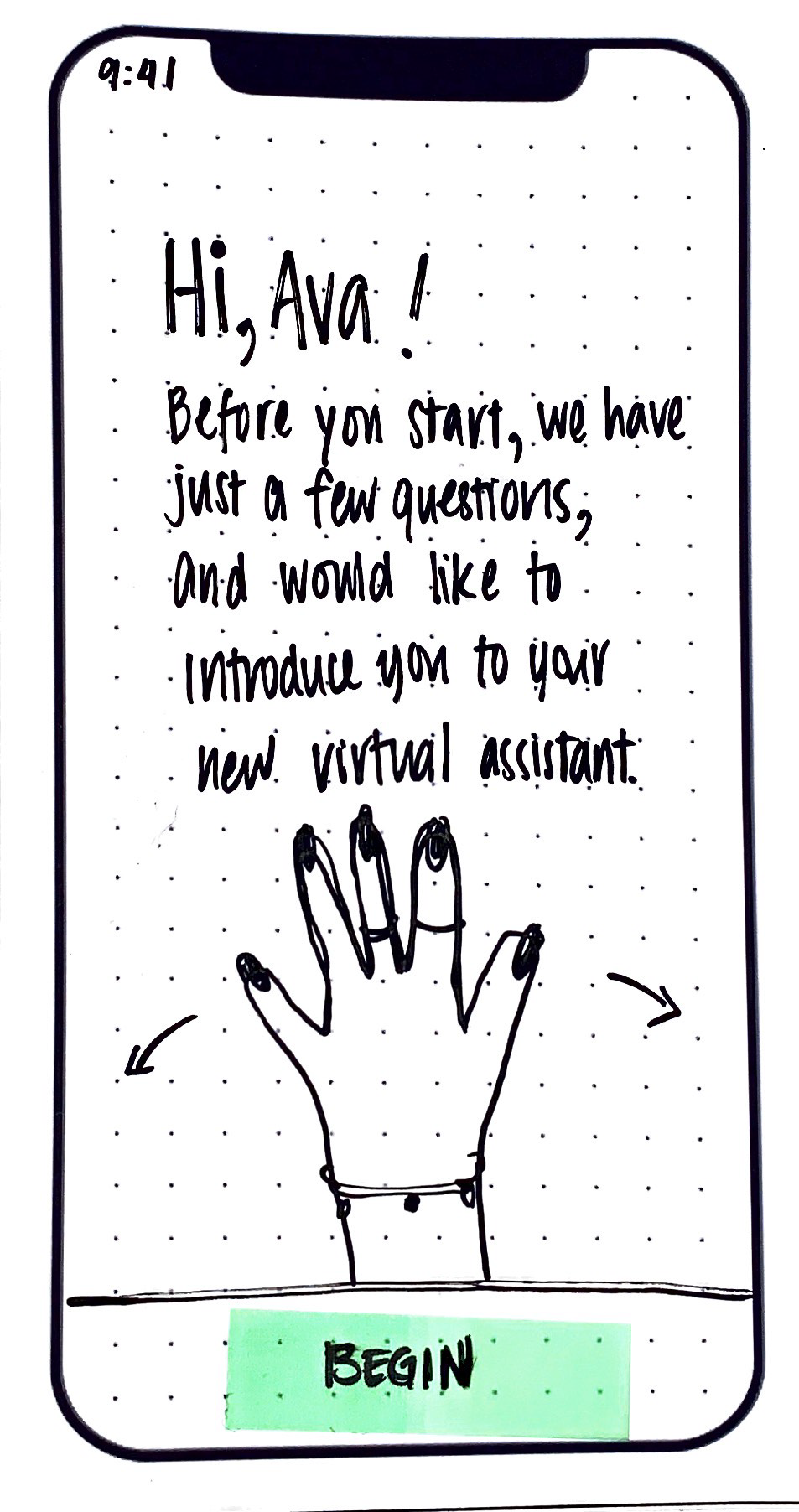
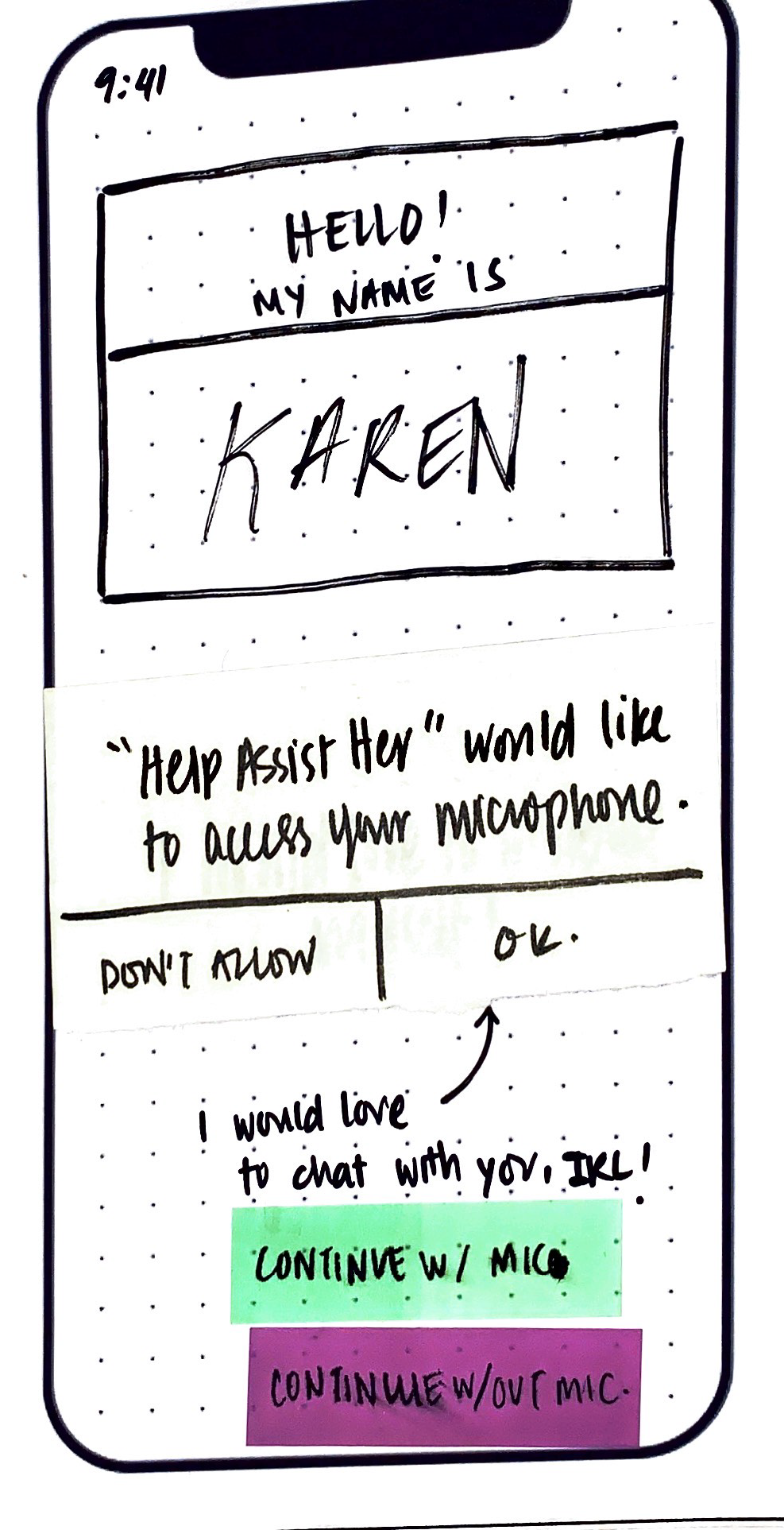
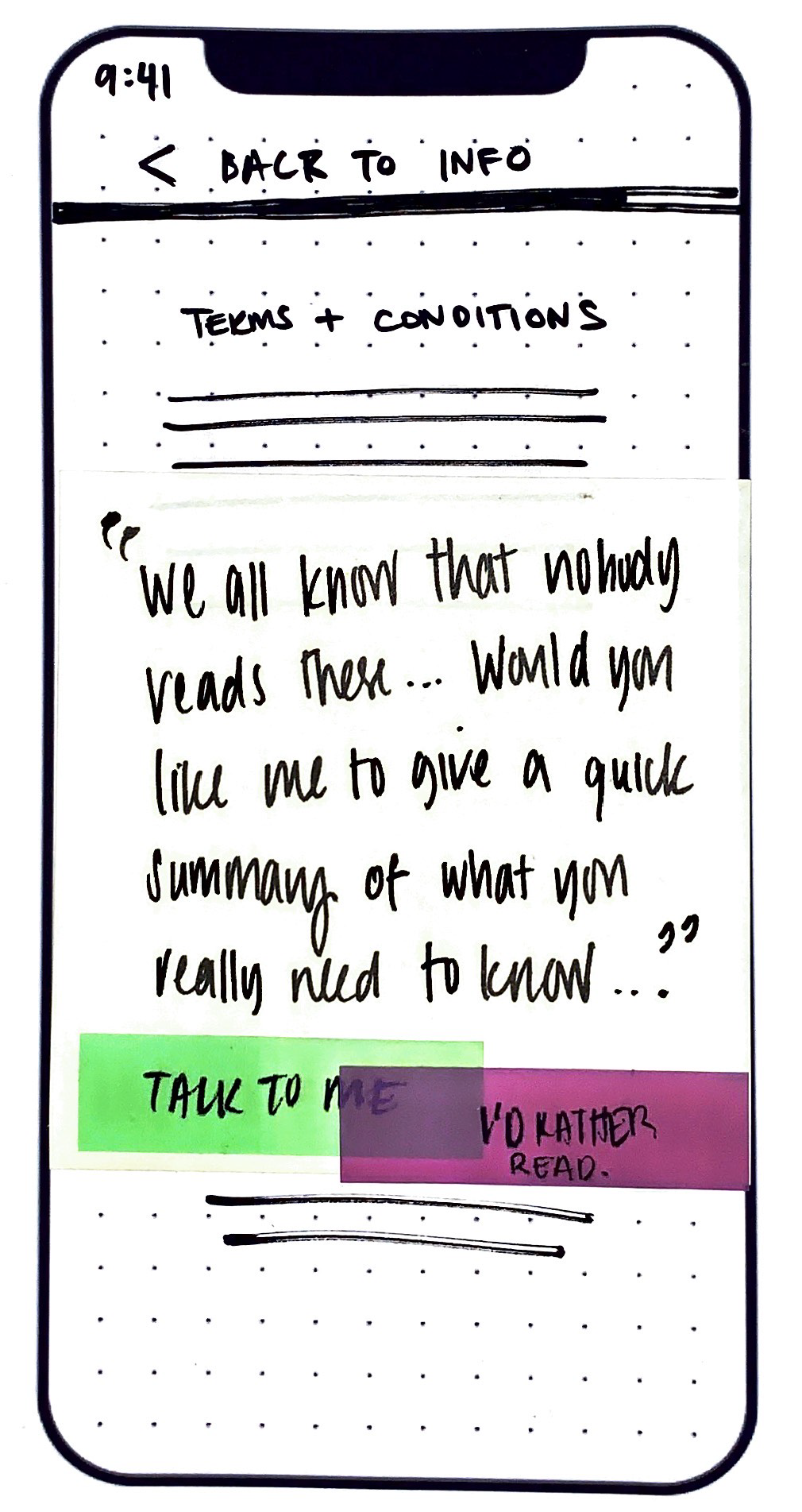
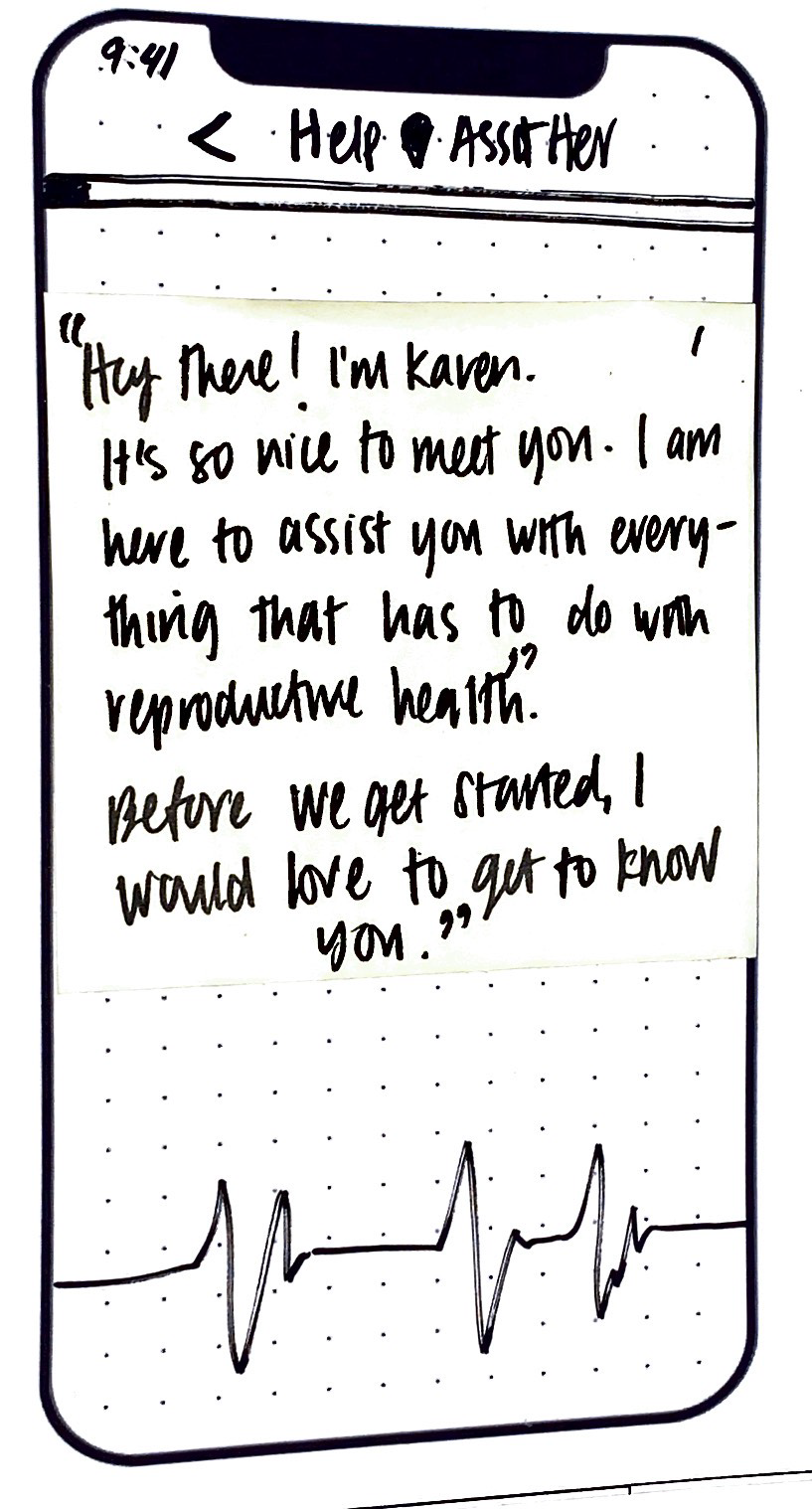
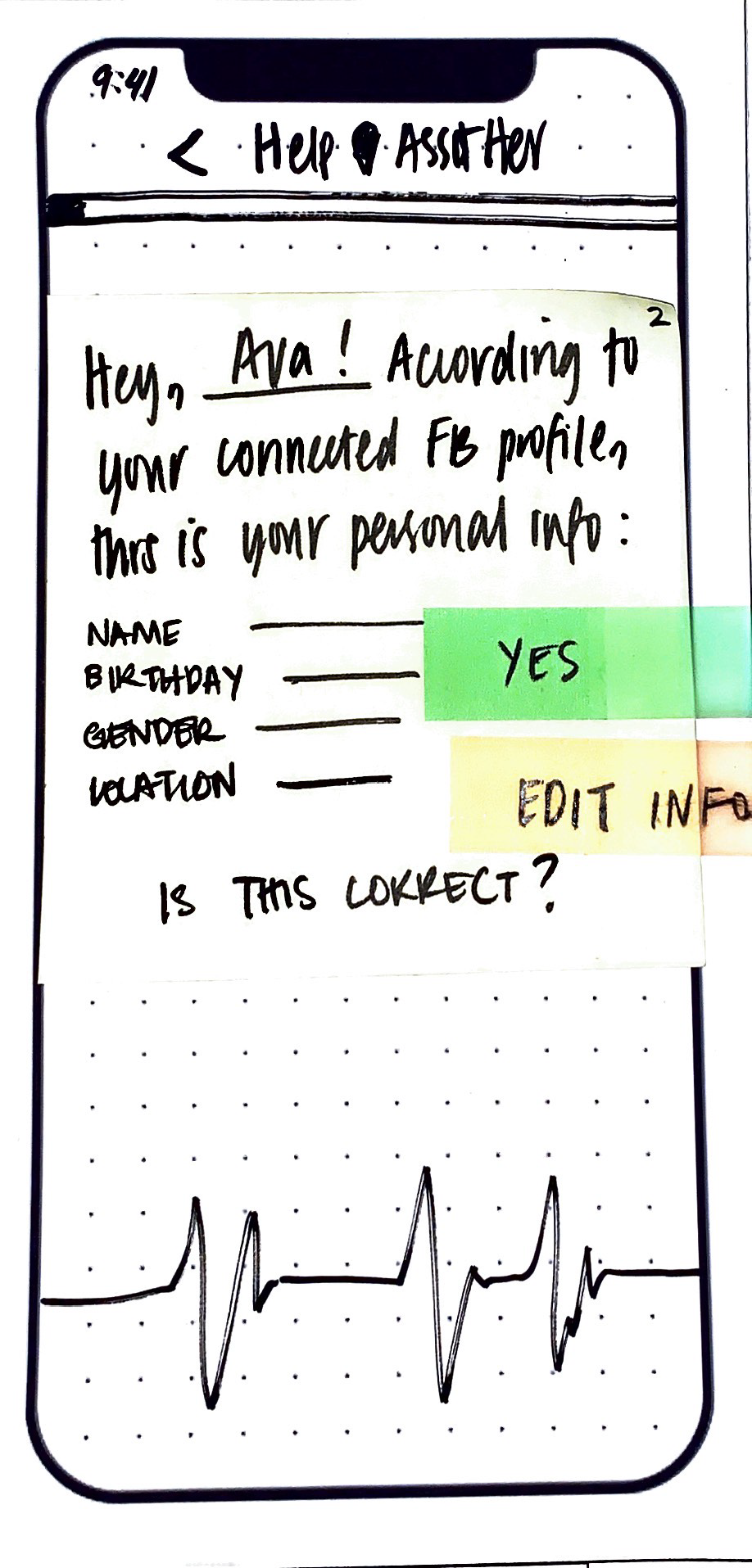

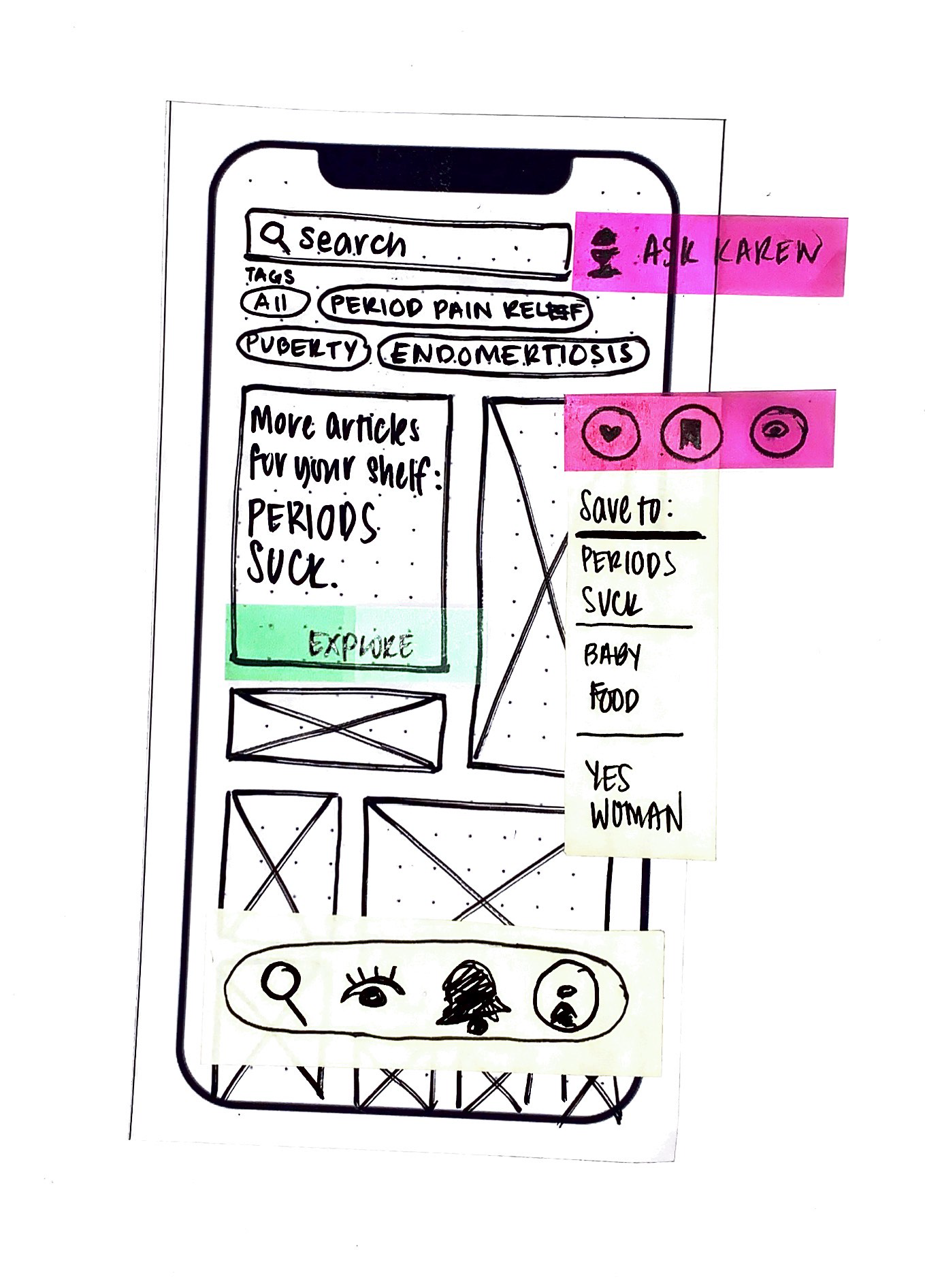
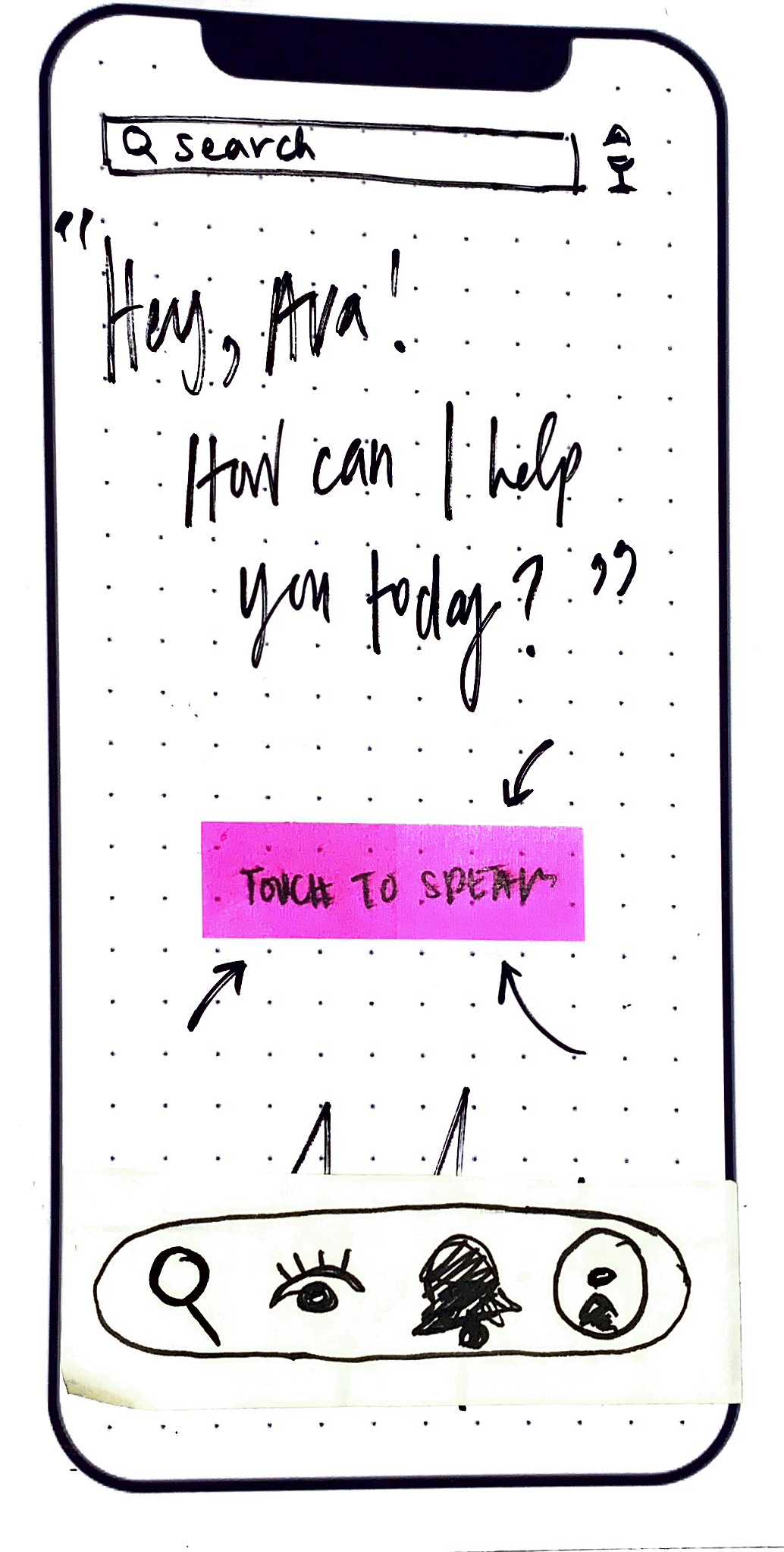
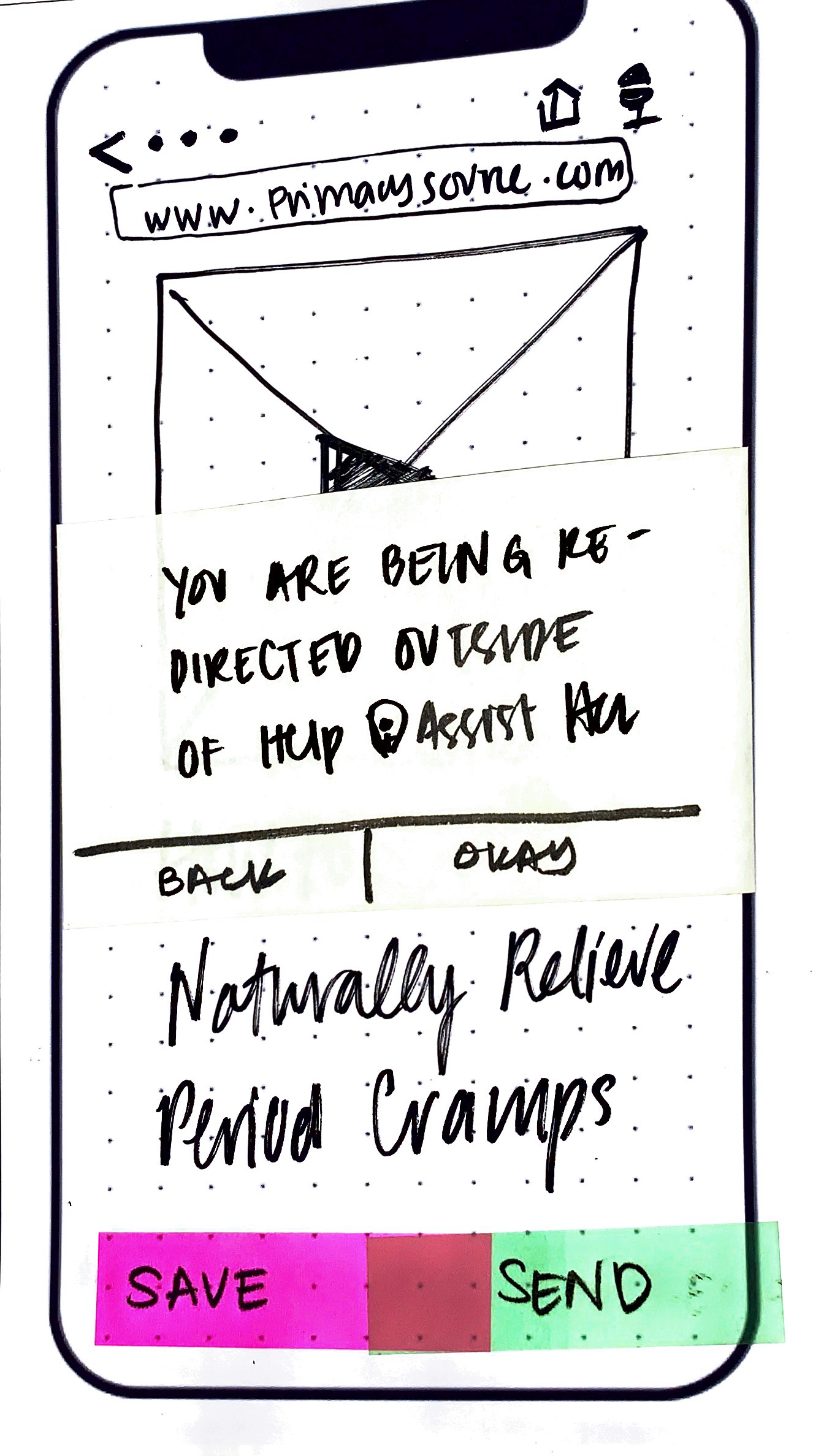
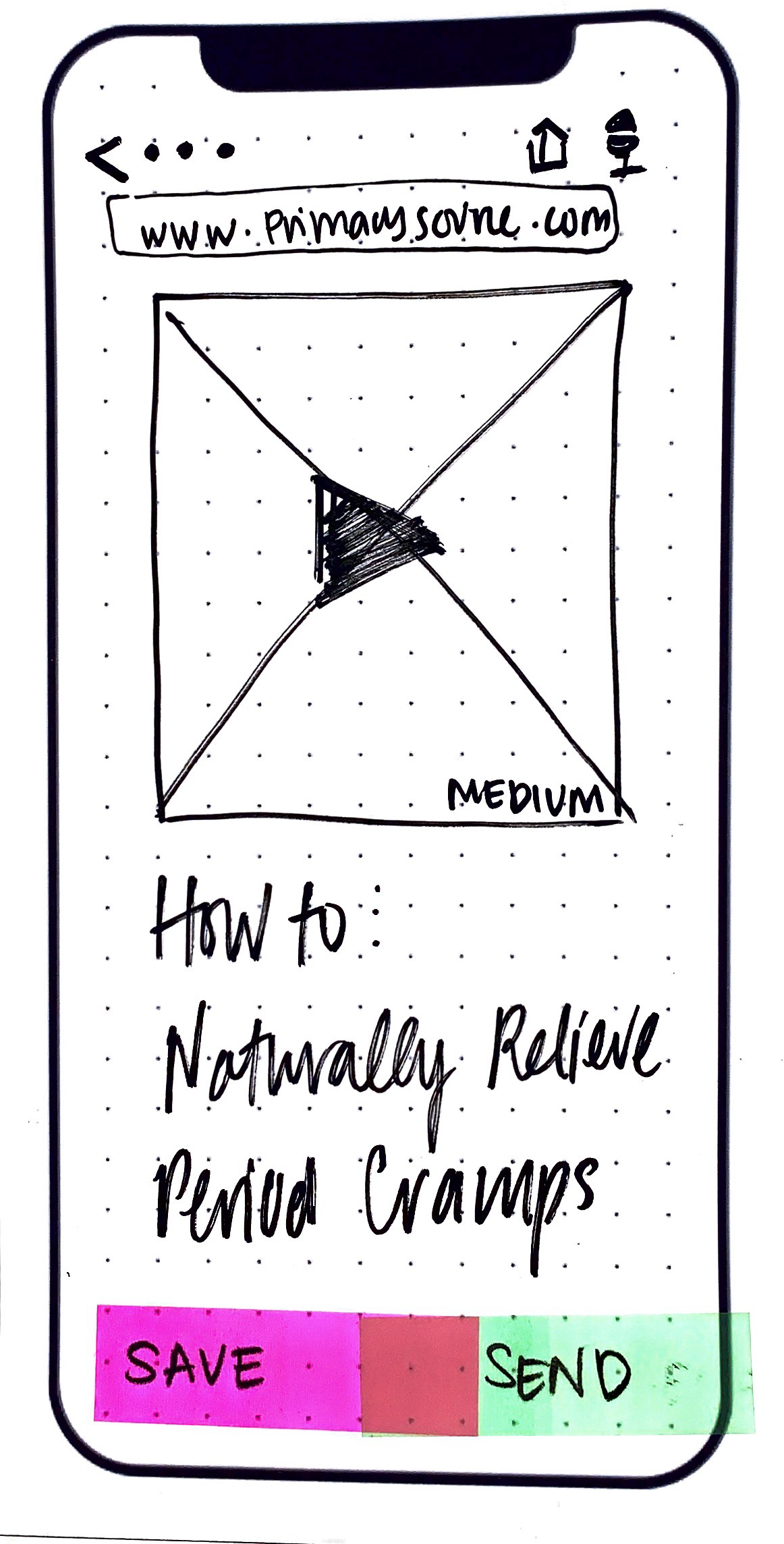

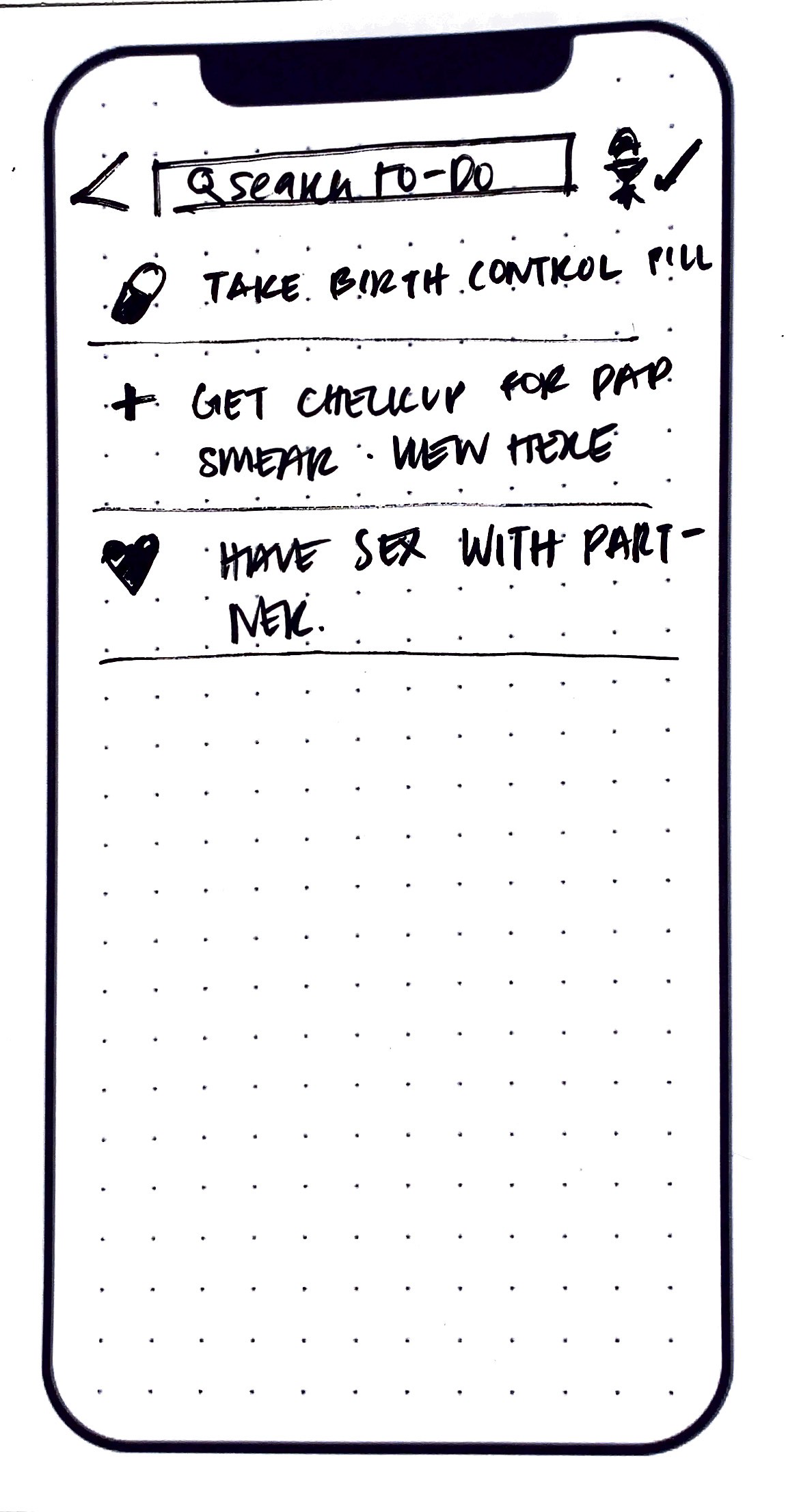
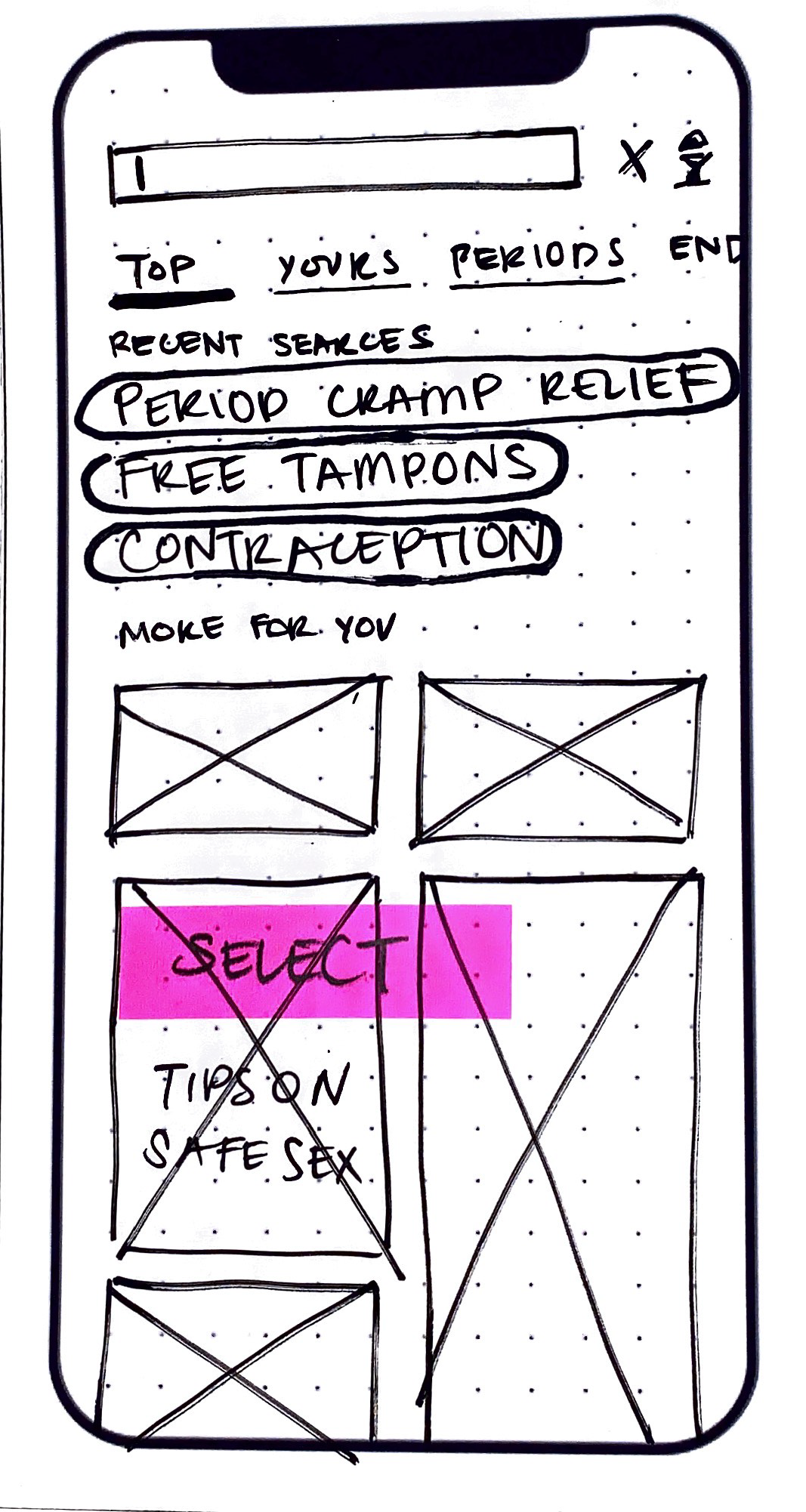
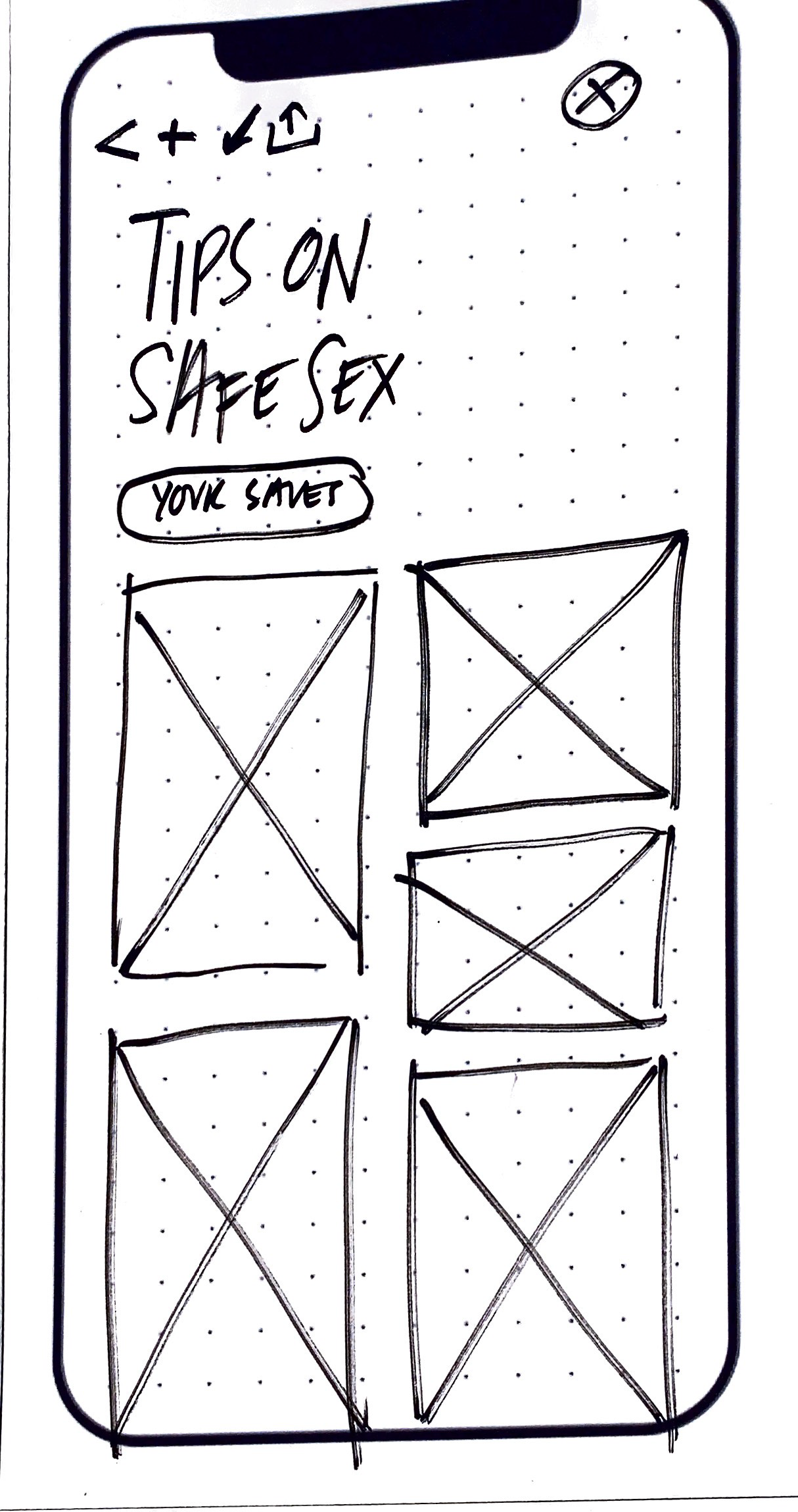
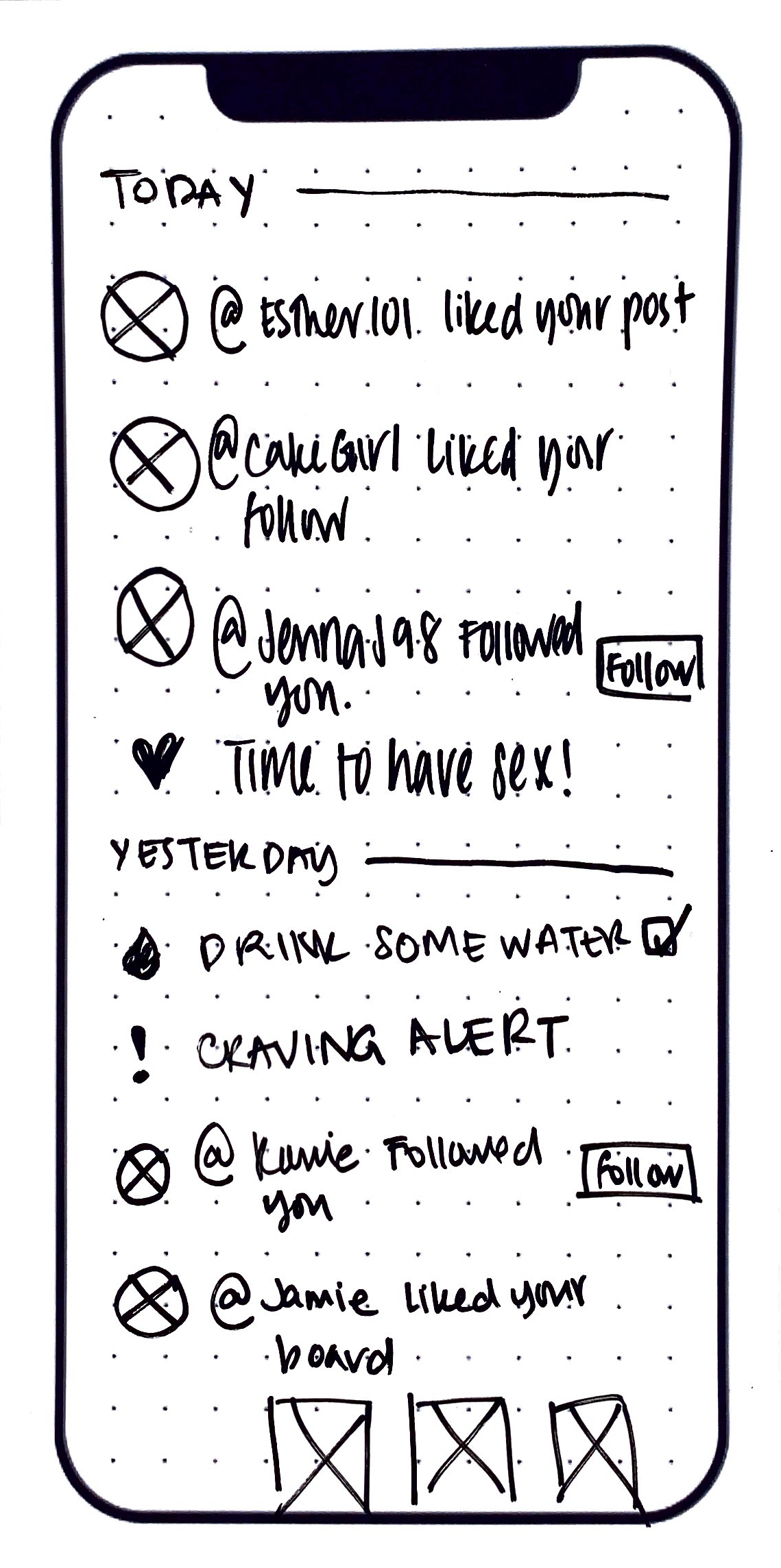
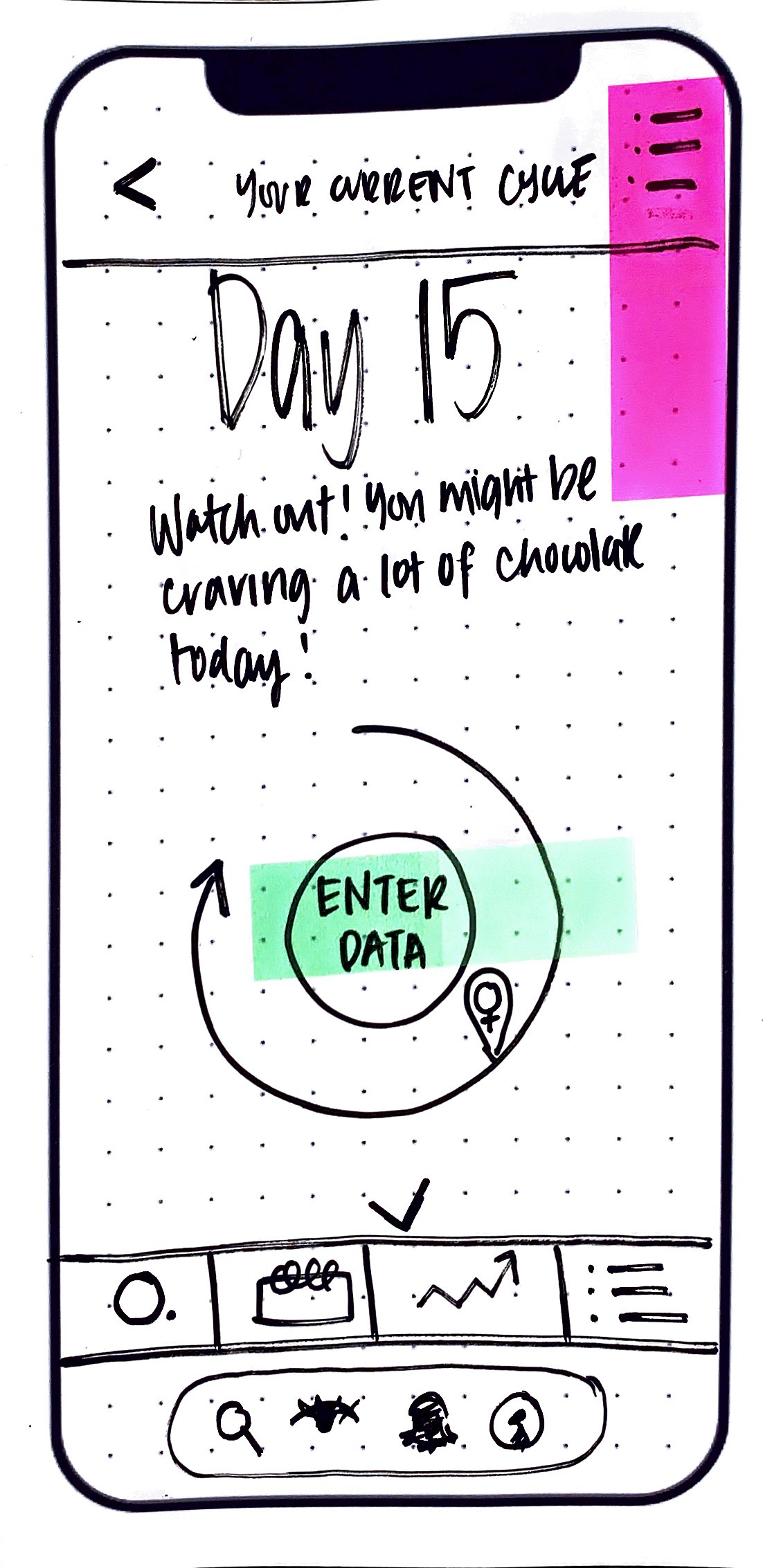
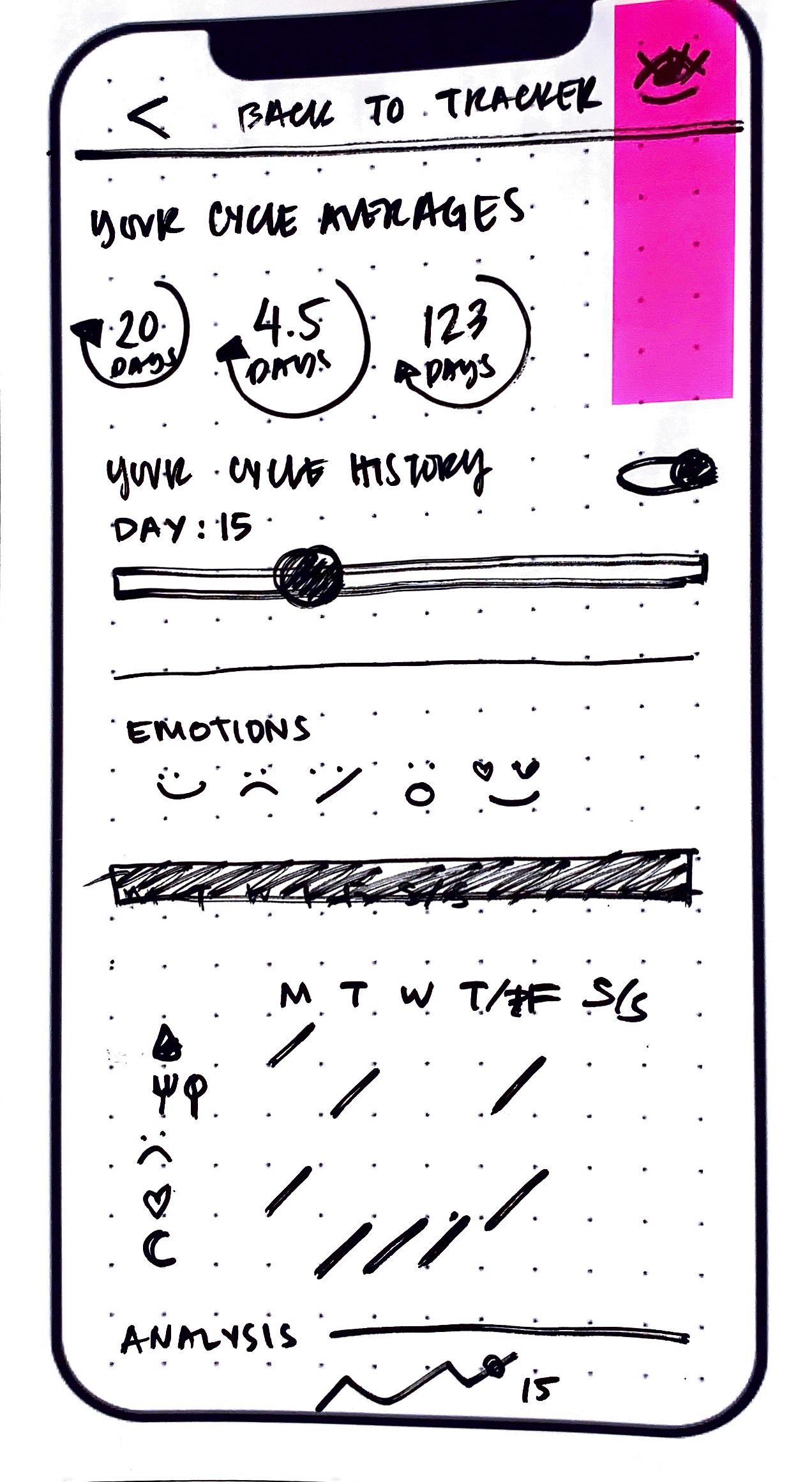
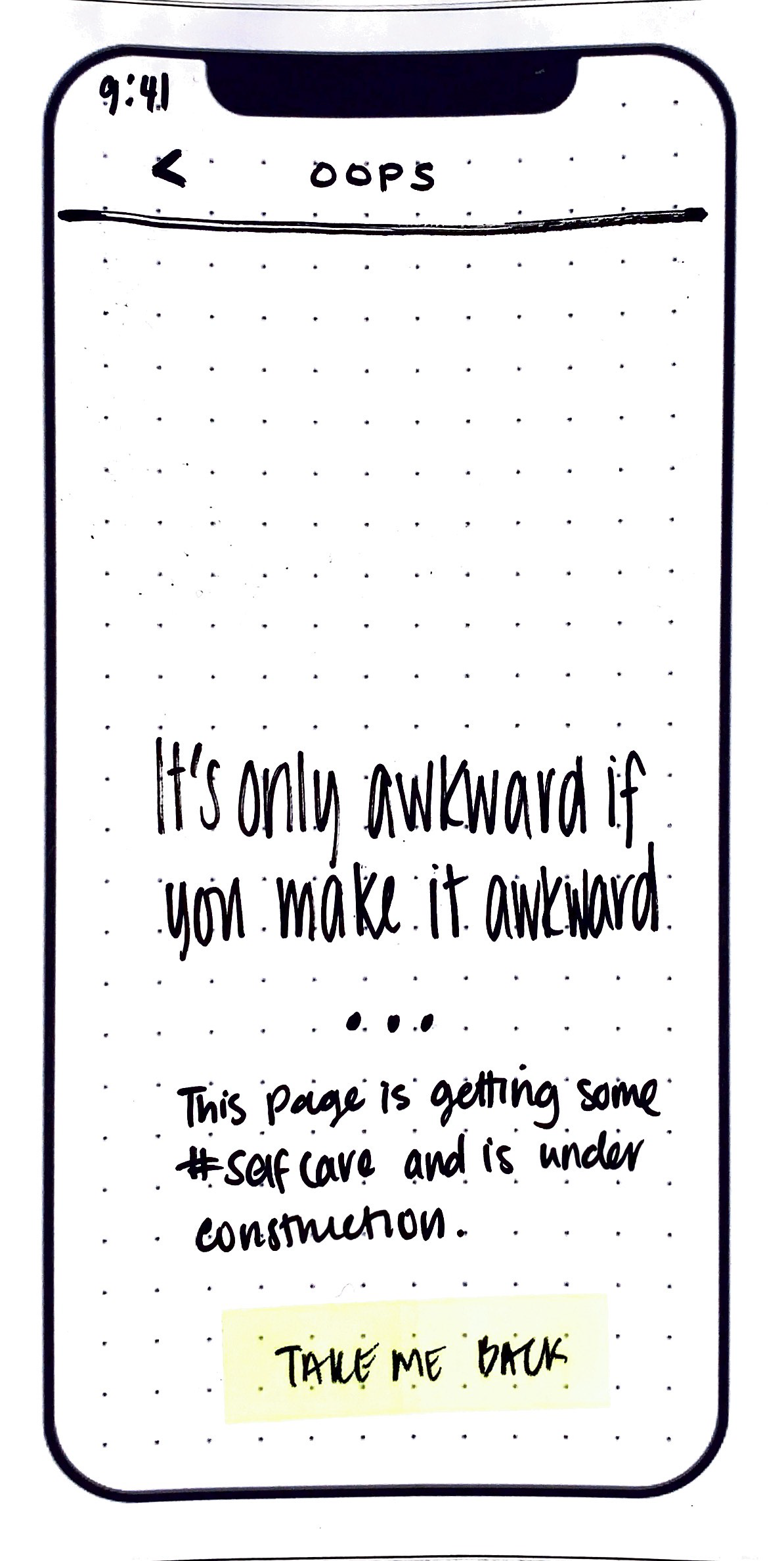
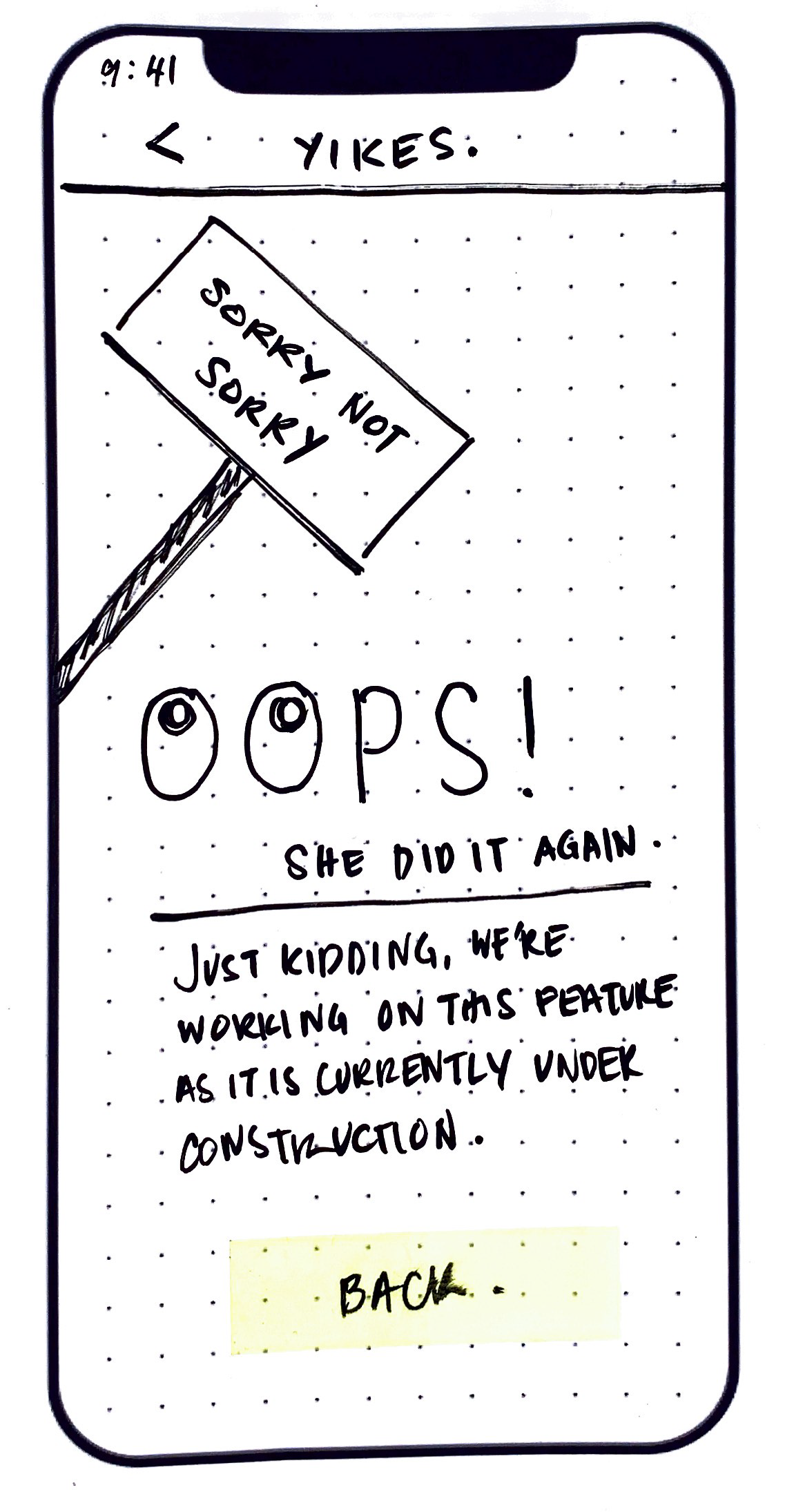
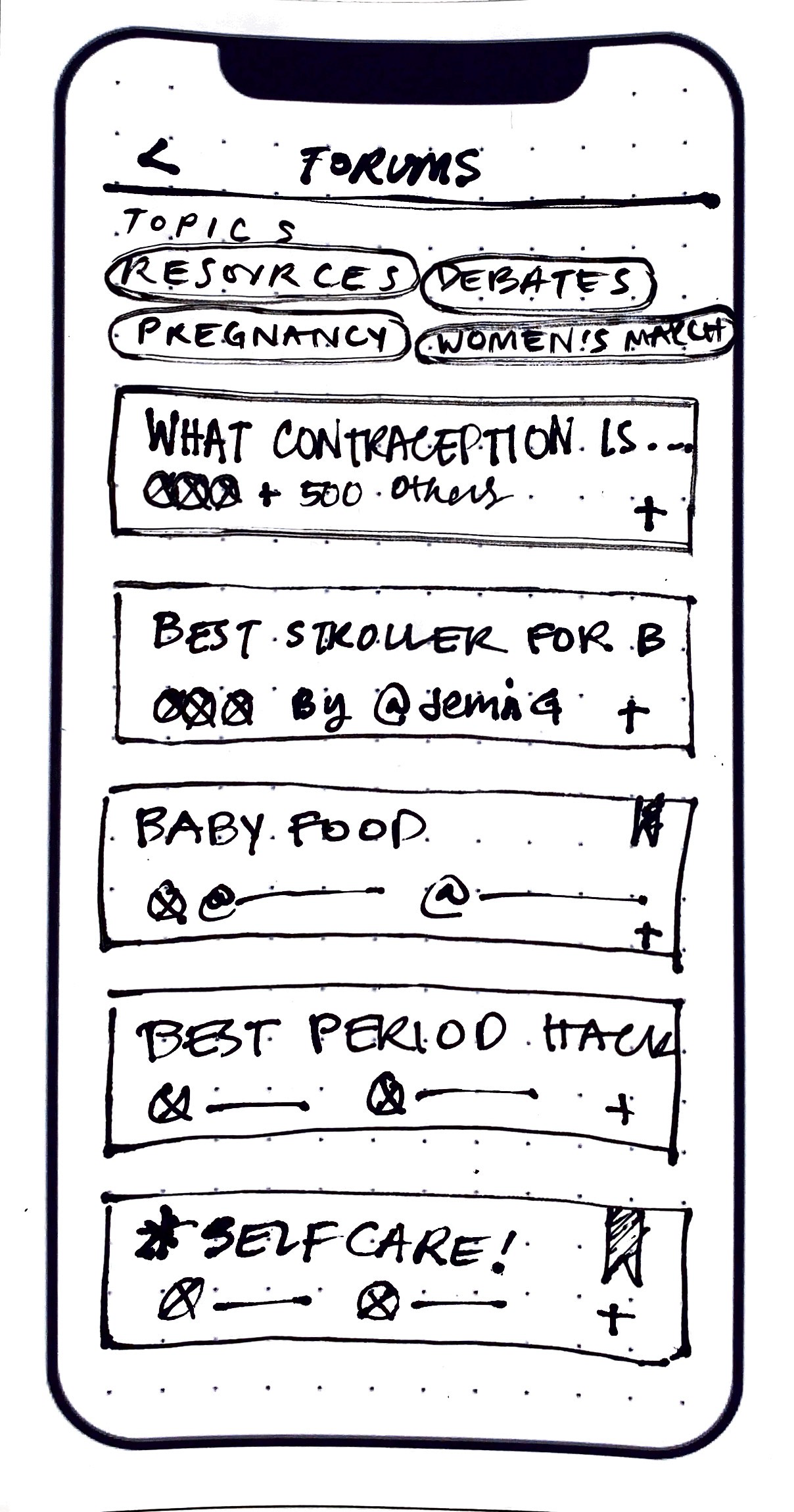
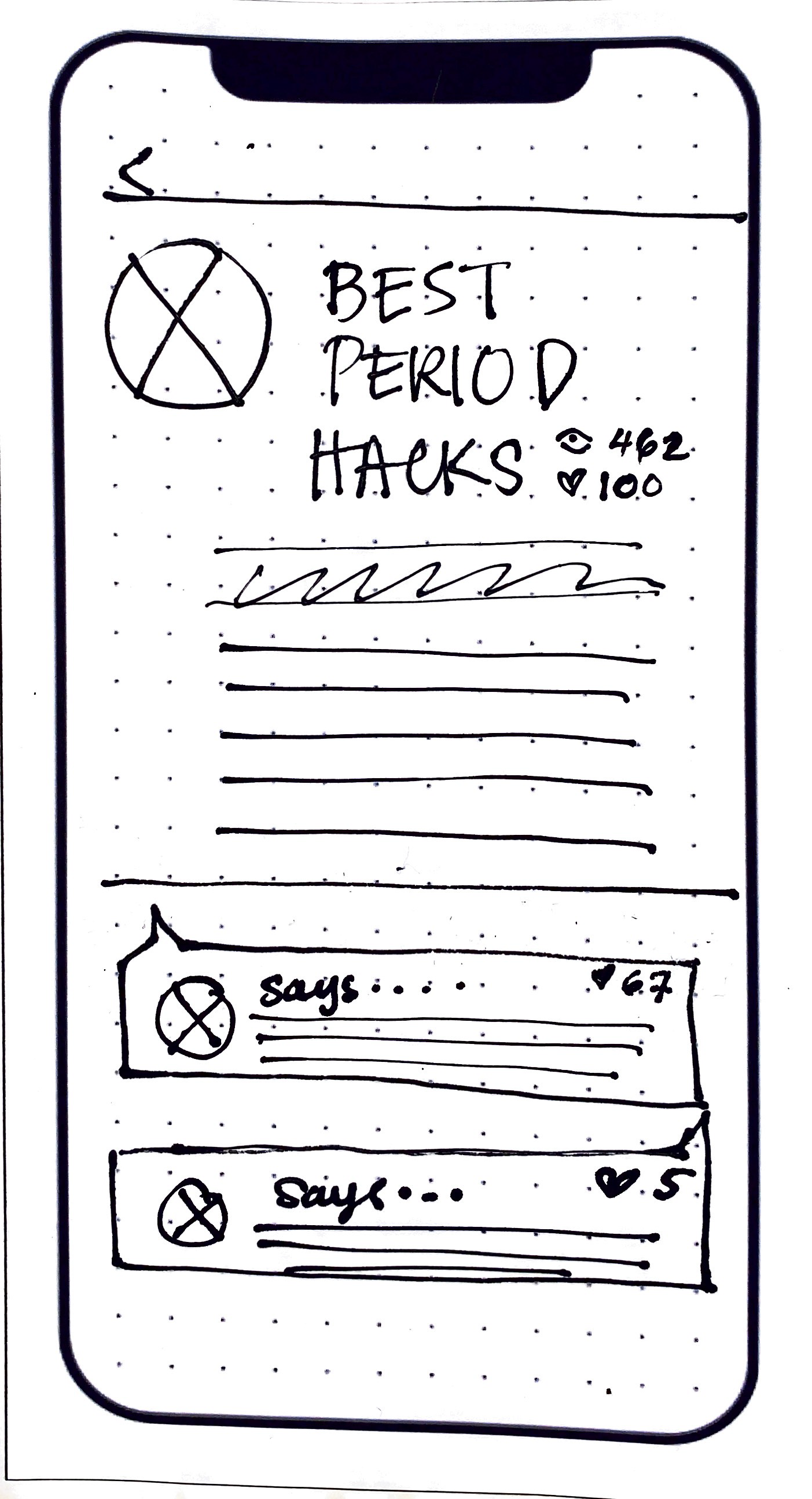
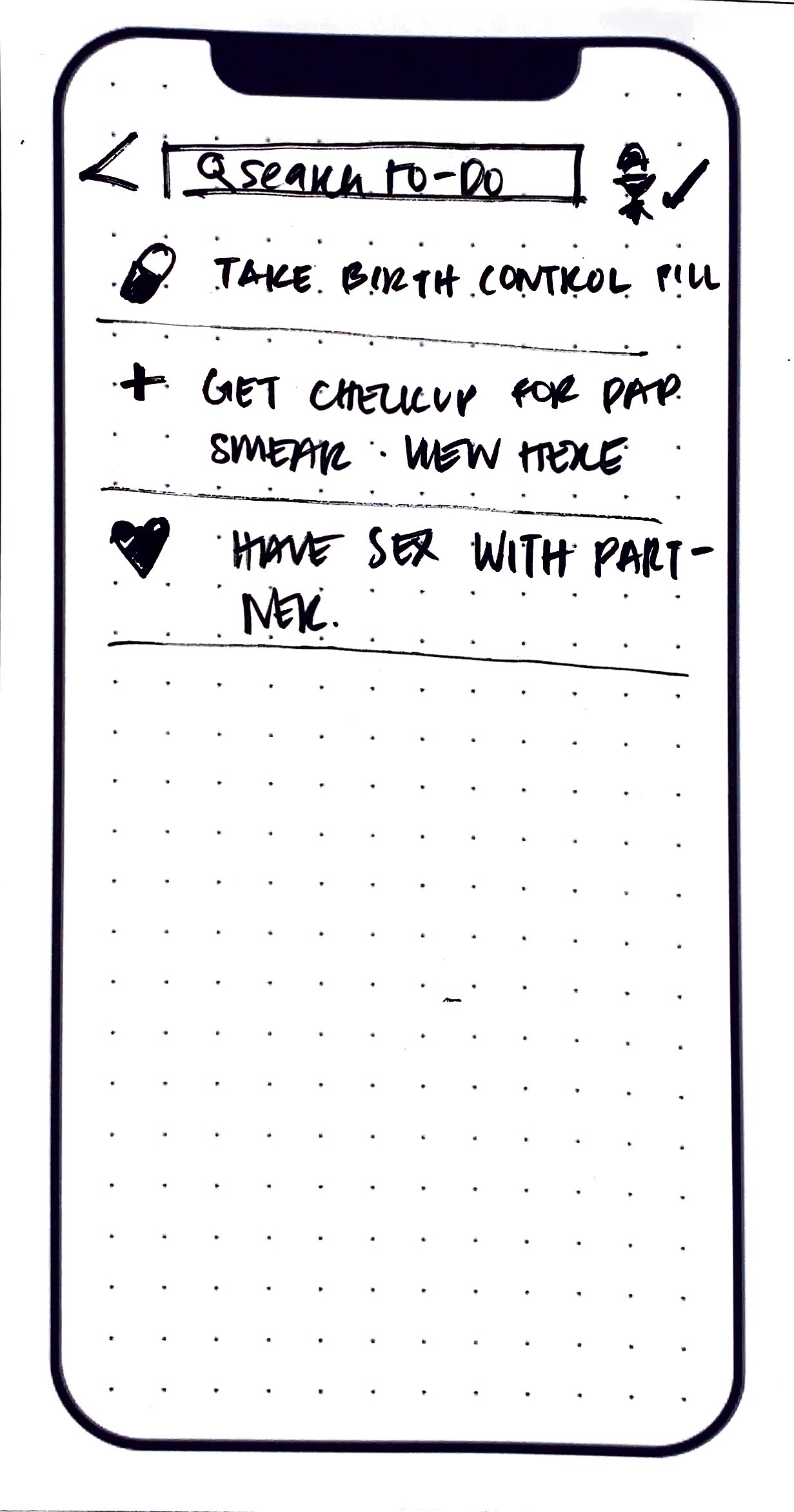
Summarizing Research/Takeaways
What did did I take away from my research?
Research SummaryHypothesis Statement (So what)?
If I make a personalized application to users and provide curated resources to educate individuals on reproductive healthcare, it will empower them to share and learn more about their own health.
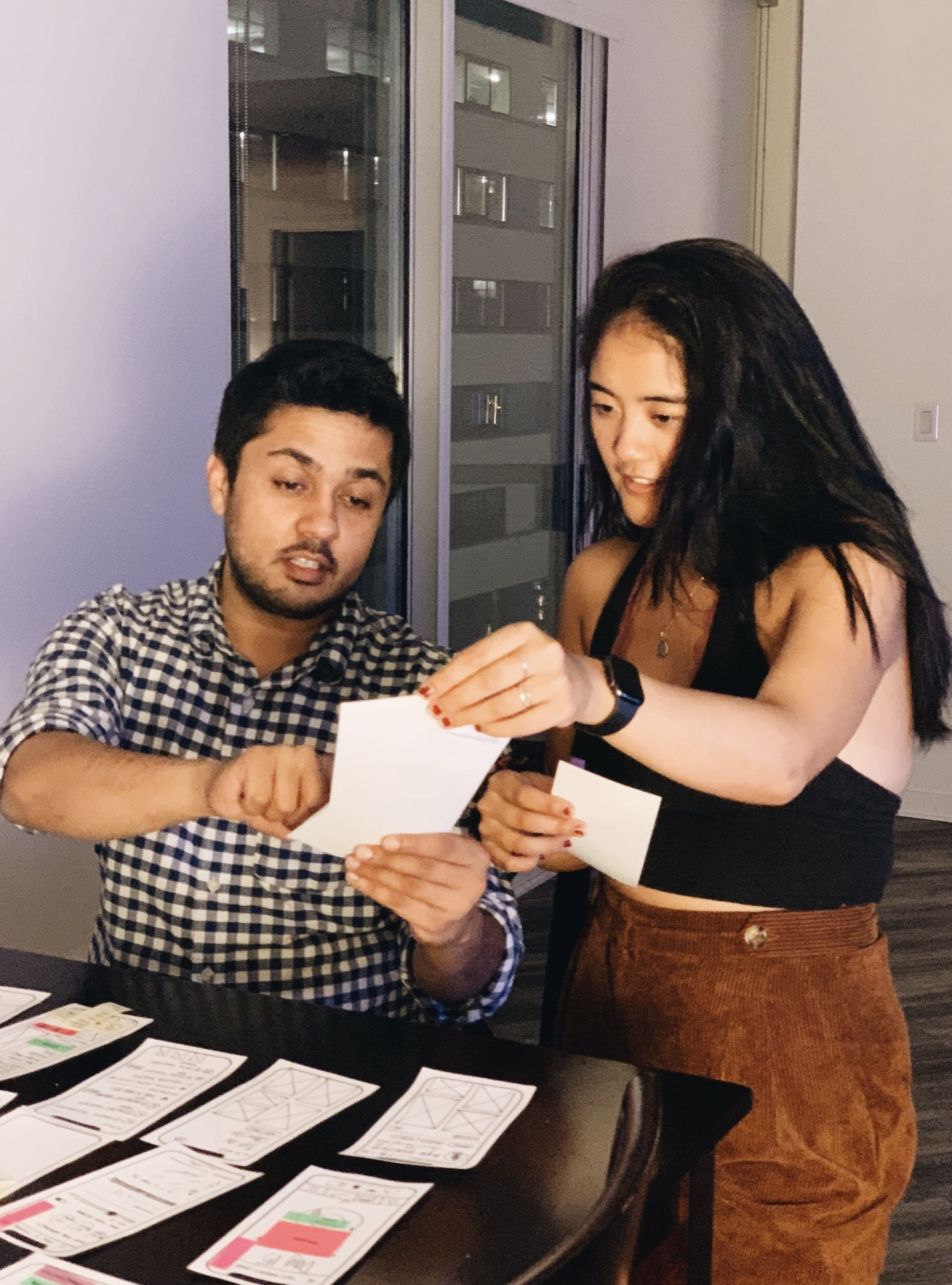
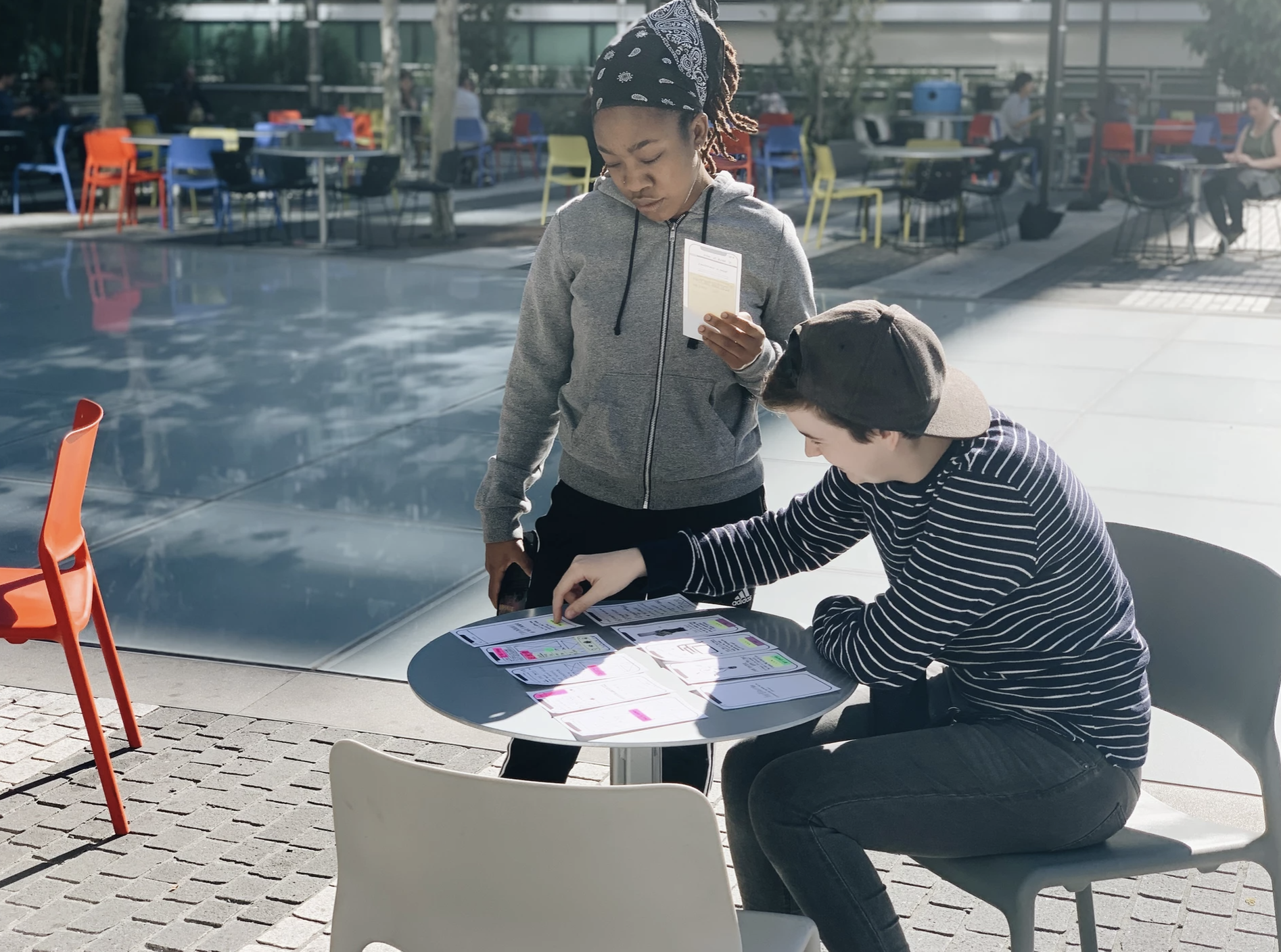
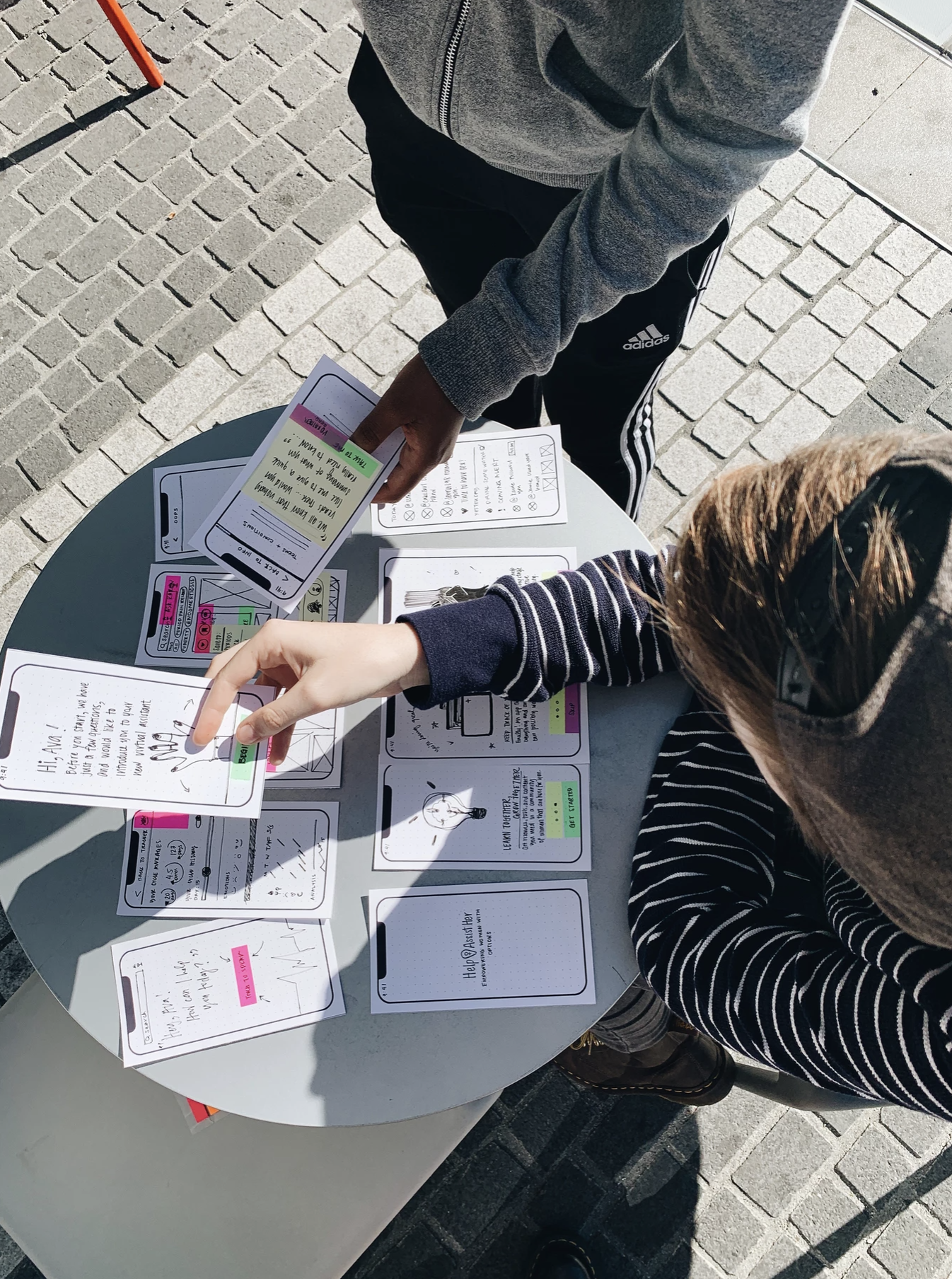
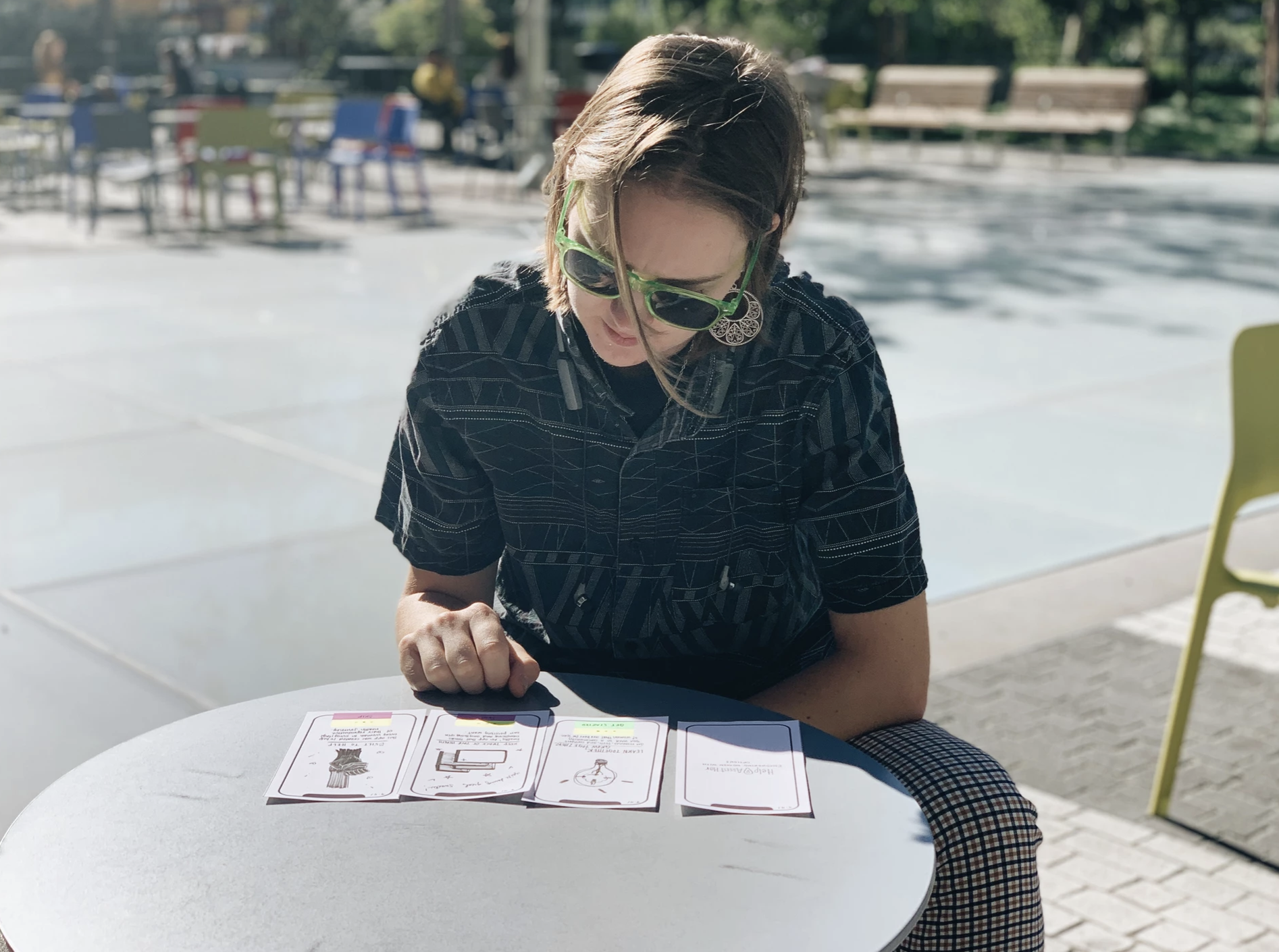
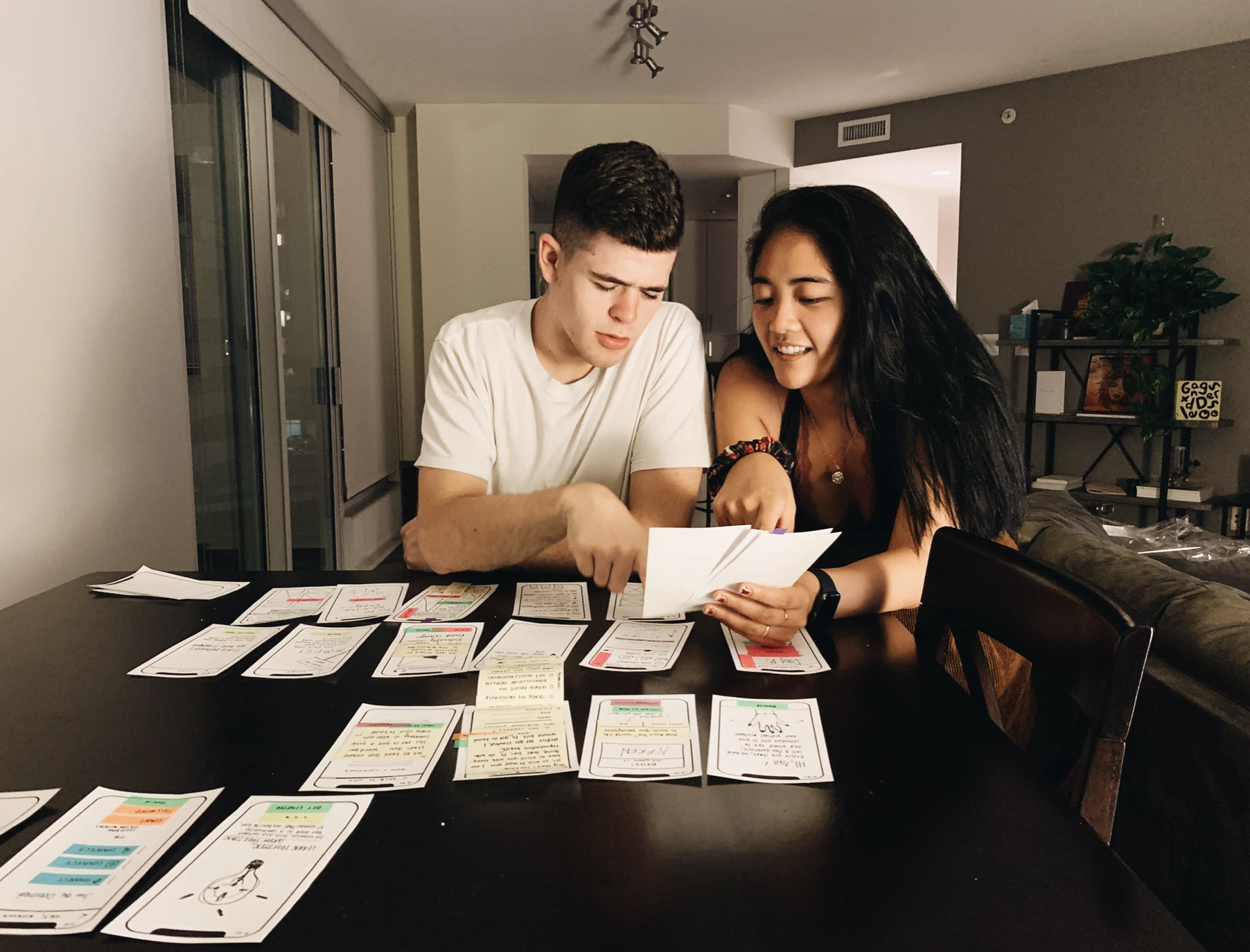
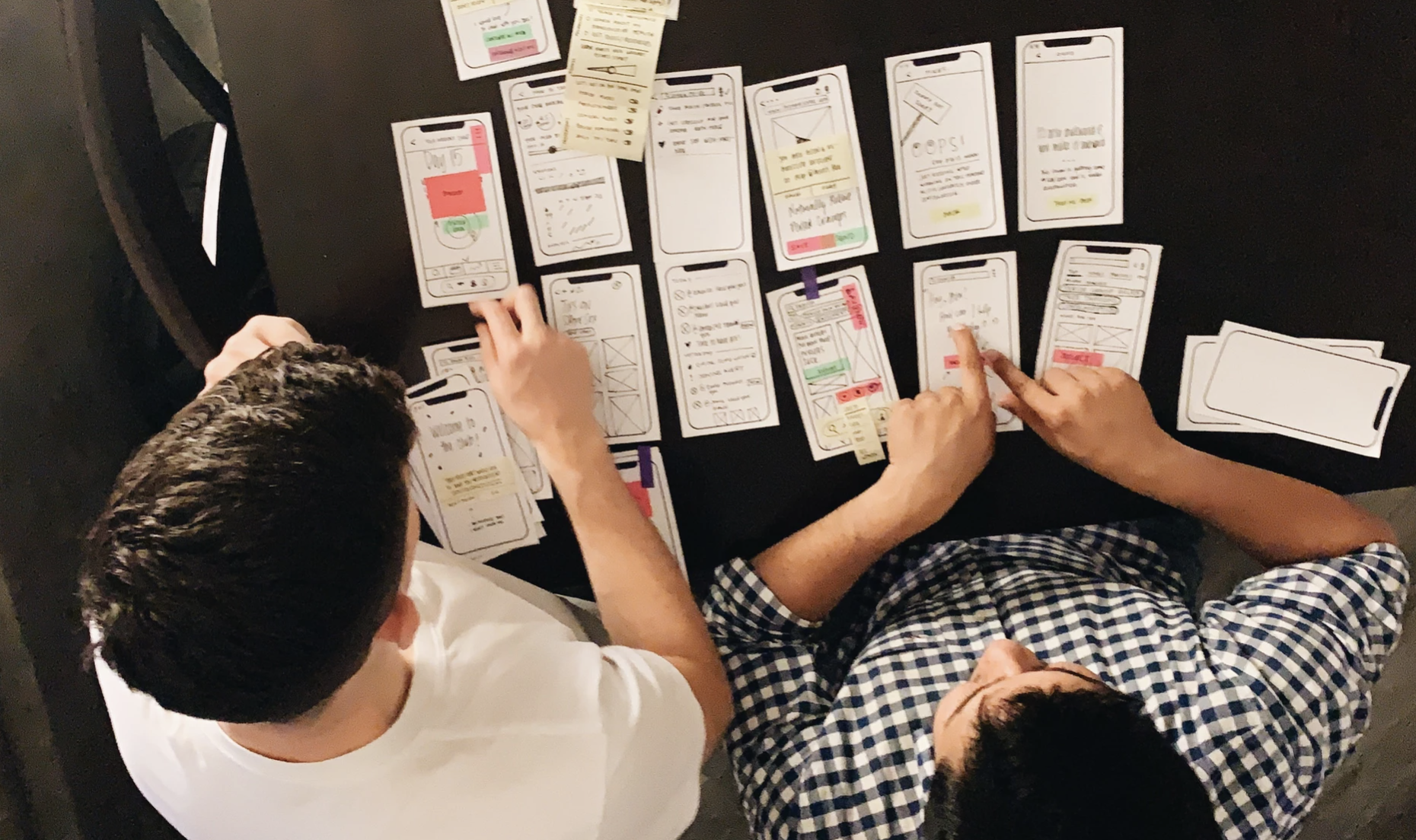
Problem/Opportunity Spaces
How am I going to address the problem spaces in my designs?
Problem space #1: Women’s healthcare apps are mostly just focused on period tracking or fertility tracking
I want to create a solution that can help women not only track their physical health, but also their mental health
Problem space #2: Women need to have access to credible and easily understandable health resources
By creating Karen, a healthcare assistant, users are redirected to credible resources that are curated by healthcare professionals
Problem space #3: Women’s healthcare conversations should not be stigmatized, but rather encouraged
In taking advantage of UI patters of social media, I am able to motivate users to share, “pin,” and save resources through their health feeds
The Solution
Help Assist Her is a mobile application that allows women to search health-related questions, track their current biometrics, and connect with other women, and has a goal to demystify and normalize women's reproductive healthcare.
A personal onboarding experience.
Every BODY is different, and that's why each user's Help Assist Her experience begins with a thorough introduction so that the app can target user needs as soon as possible.
A process fit for women of all ages.
Although this application utilizes relevant UI patterns, it is important that the app does not discriminate against younger/older individuals that have not yet been properly trained in common heuristics.
A personalized dashboard.
Whether it may be posts from friends, or the
latest article on women's healthcare, the dashboard is a place of exploration and investigation for the curious.
A tracker that
doesn't only care about your period.
Applications these days for reproductive healthcare are usually only for women that undergo a period. However, it is important not to neglect times when women are trying to be fertile, are pregnant, or are going through menopause.
A virtual health
assistant that has the answers you need.
Imagine Karen as Google's health-verified older sister. It's so important that women are able to get the answers and tools they need to maintain good reproductive health.
Things that I learned
My passion for UX design
This was my first ever long-term UX design endeavor, and I found so much fulfillment in being able to do my own primary research, as well as conduct secondary research to further develop my application.
Research comes in different forms (not just surveys and interviews)
As a newbie, it was definitely easy to assume the only two ways of doing user research was with surveys and interviews, but I learned new strategies including paper prototyping and Moscow Charts.
If I had more time…
I would conduct more user testing with my digital prototype, and showcase how I can narrow the scope of my UX flows to be able to sell this app in a more specialized manner.




